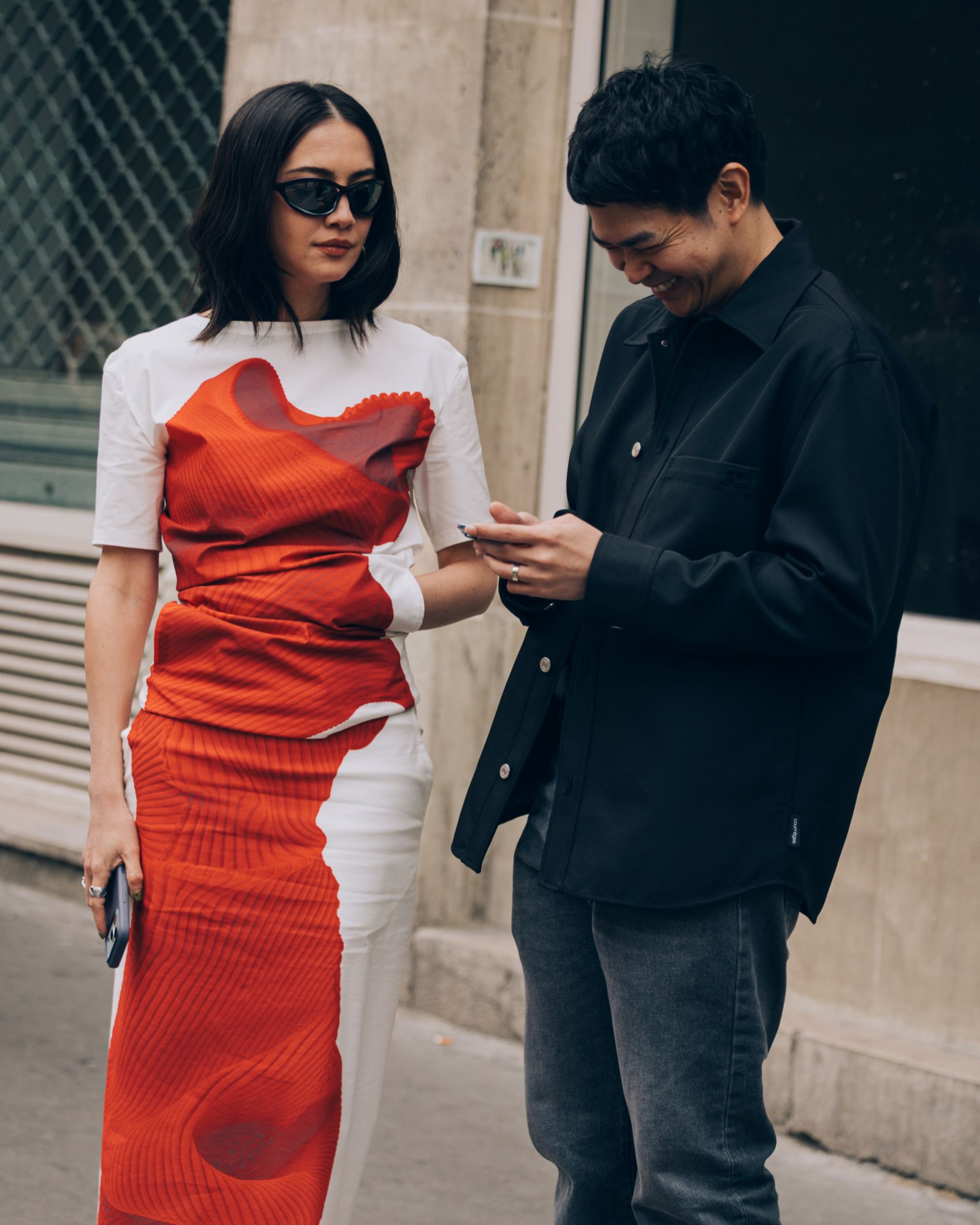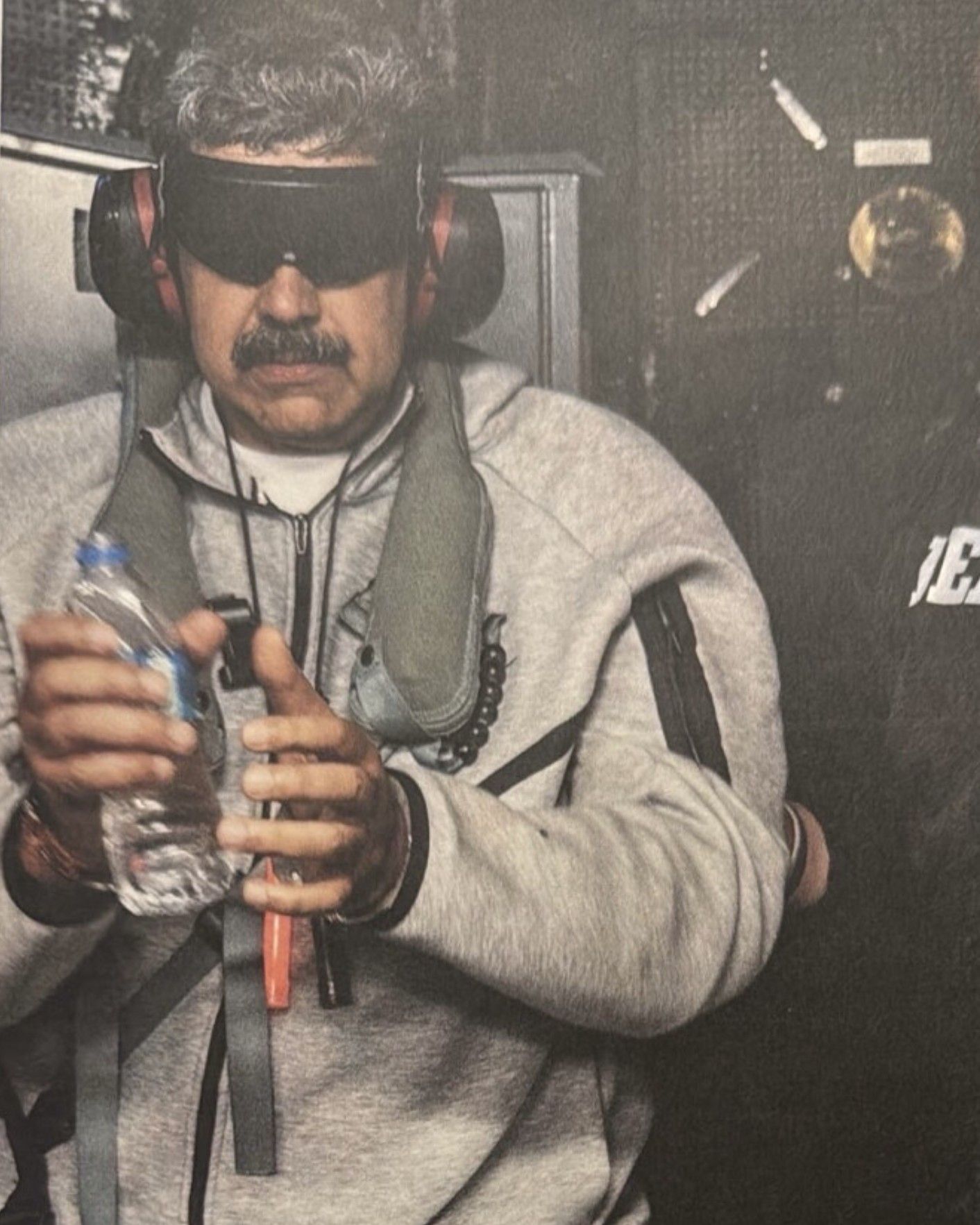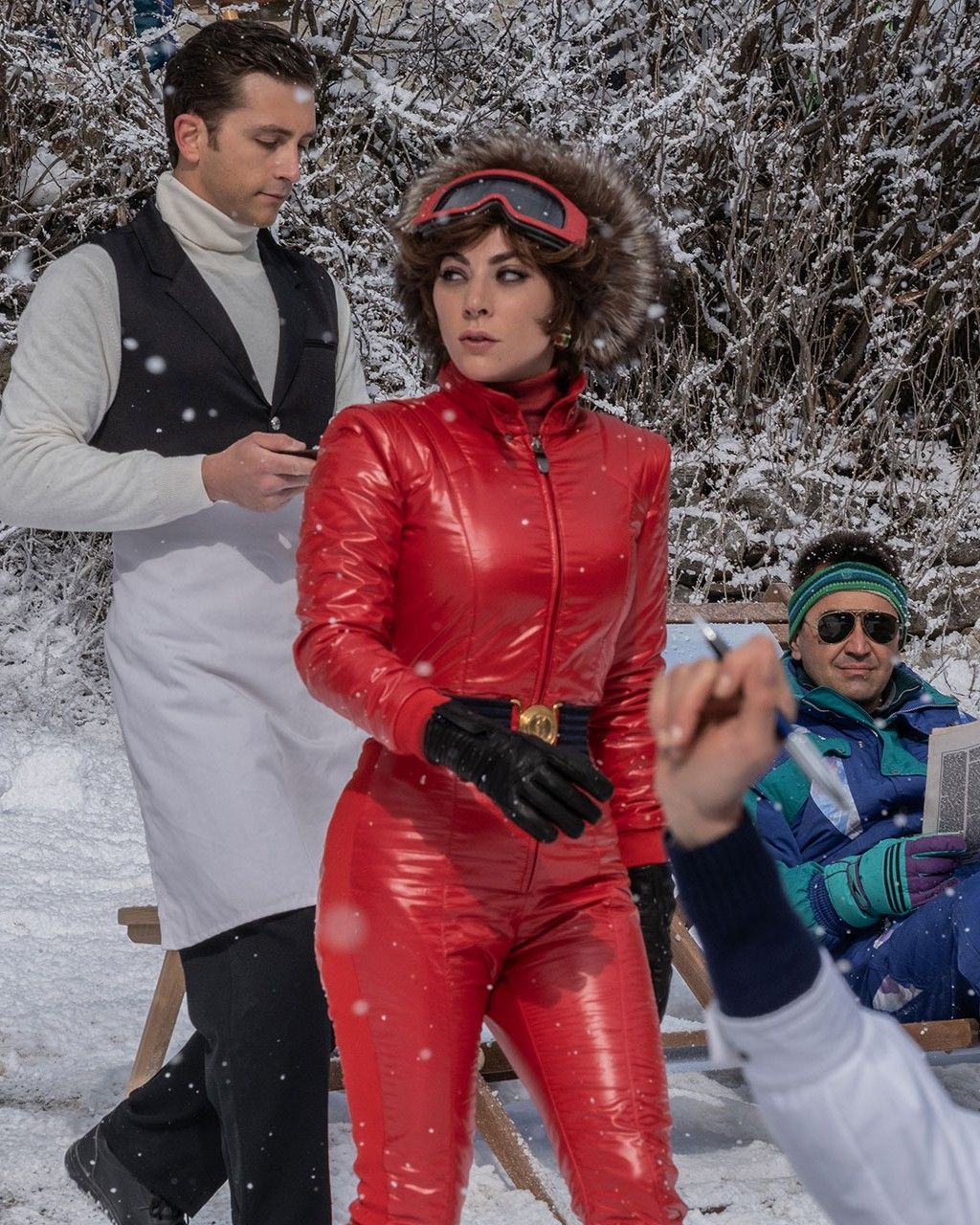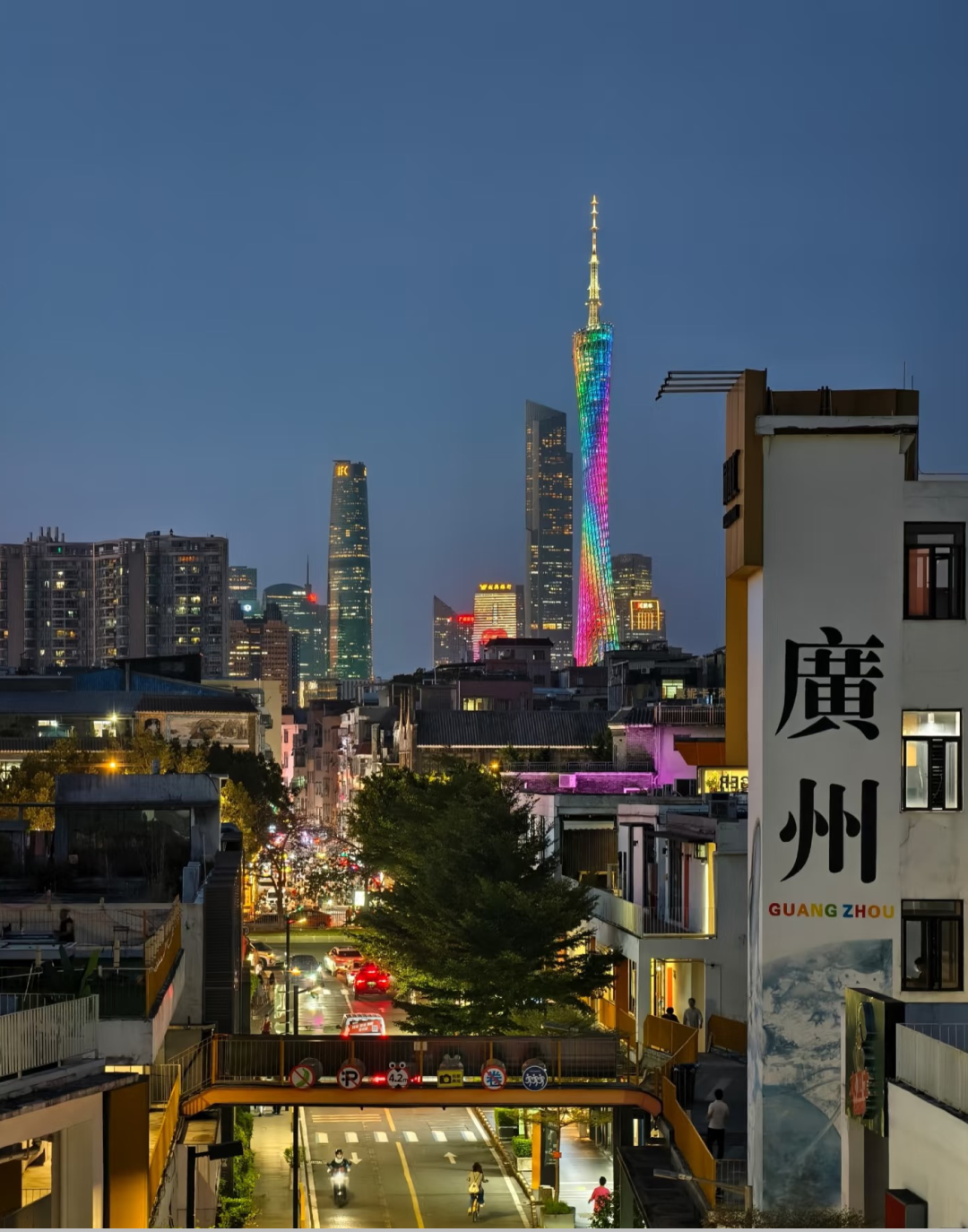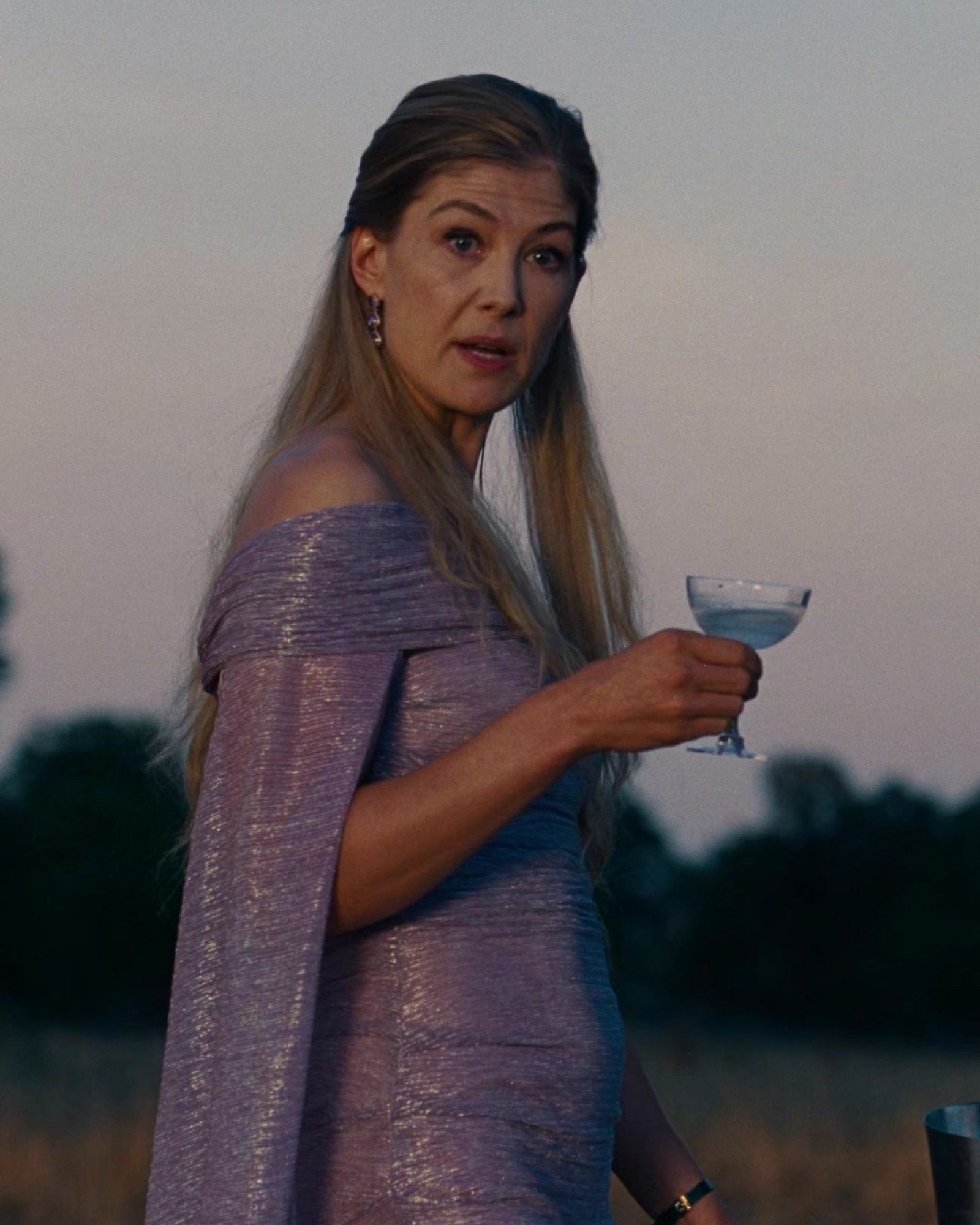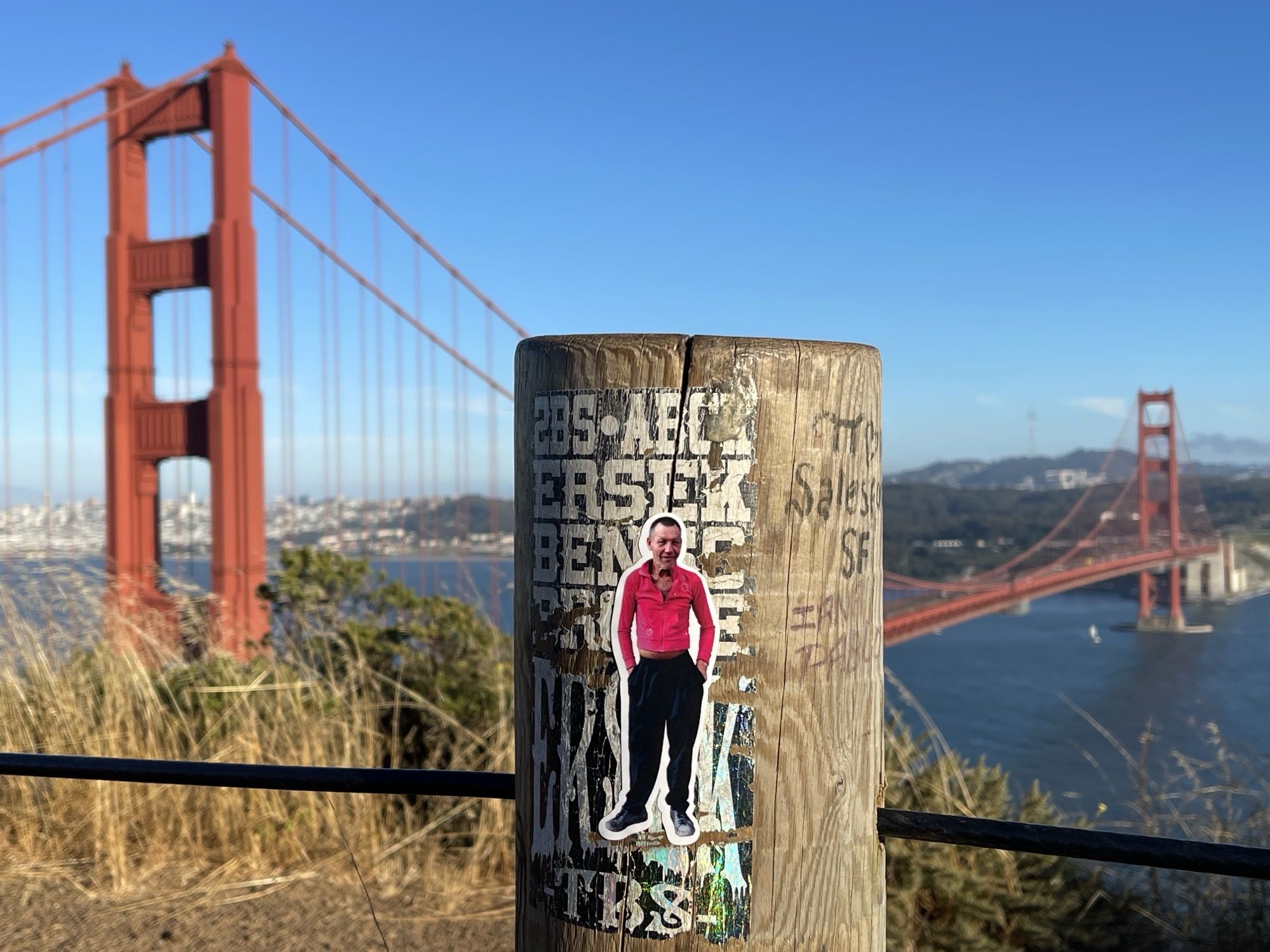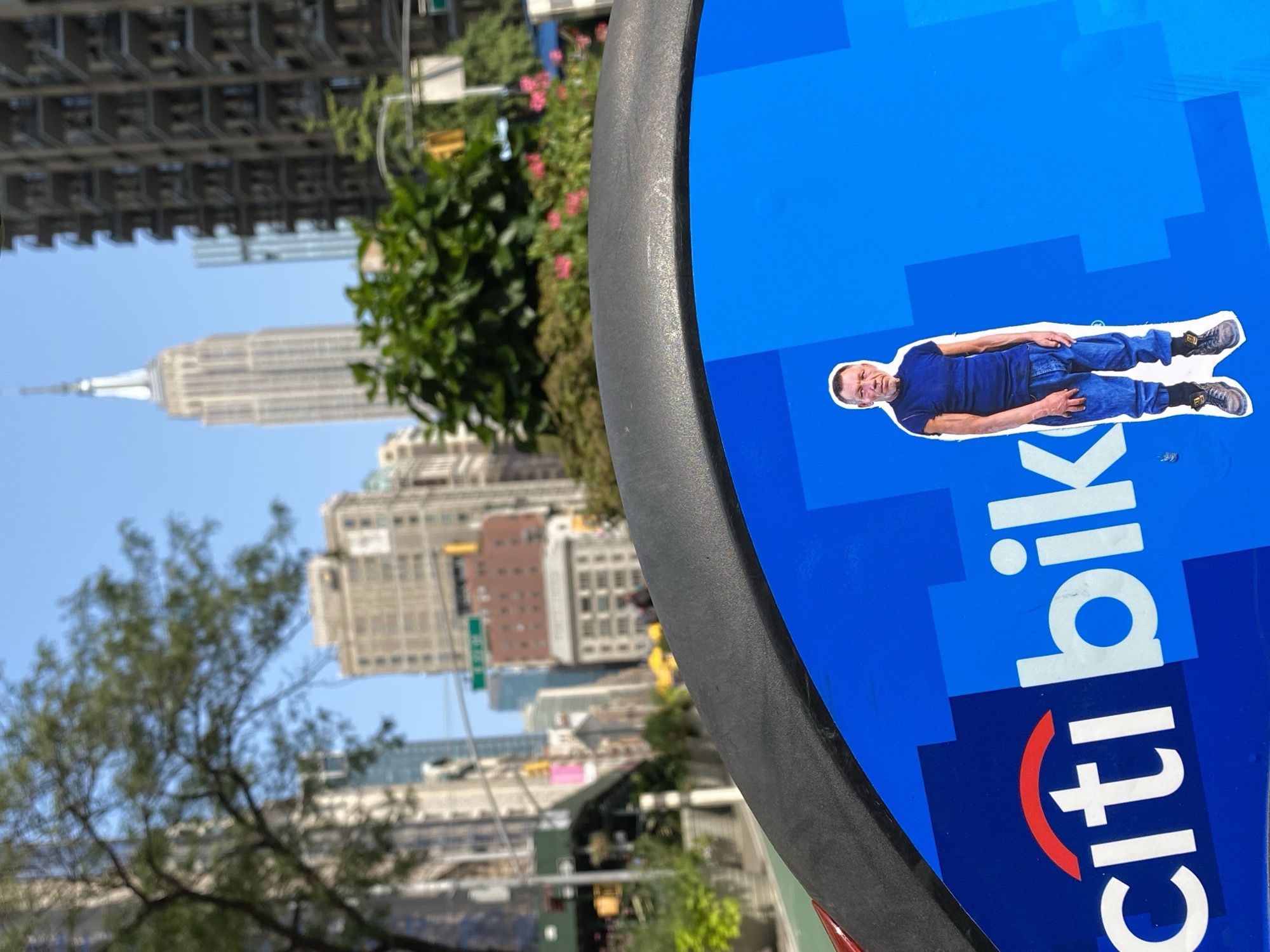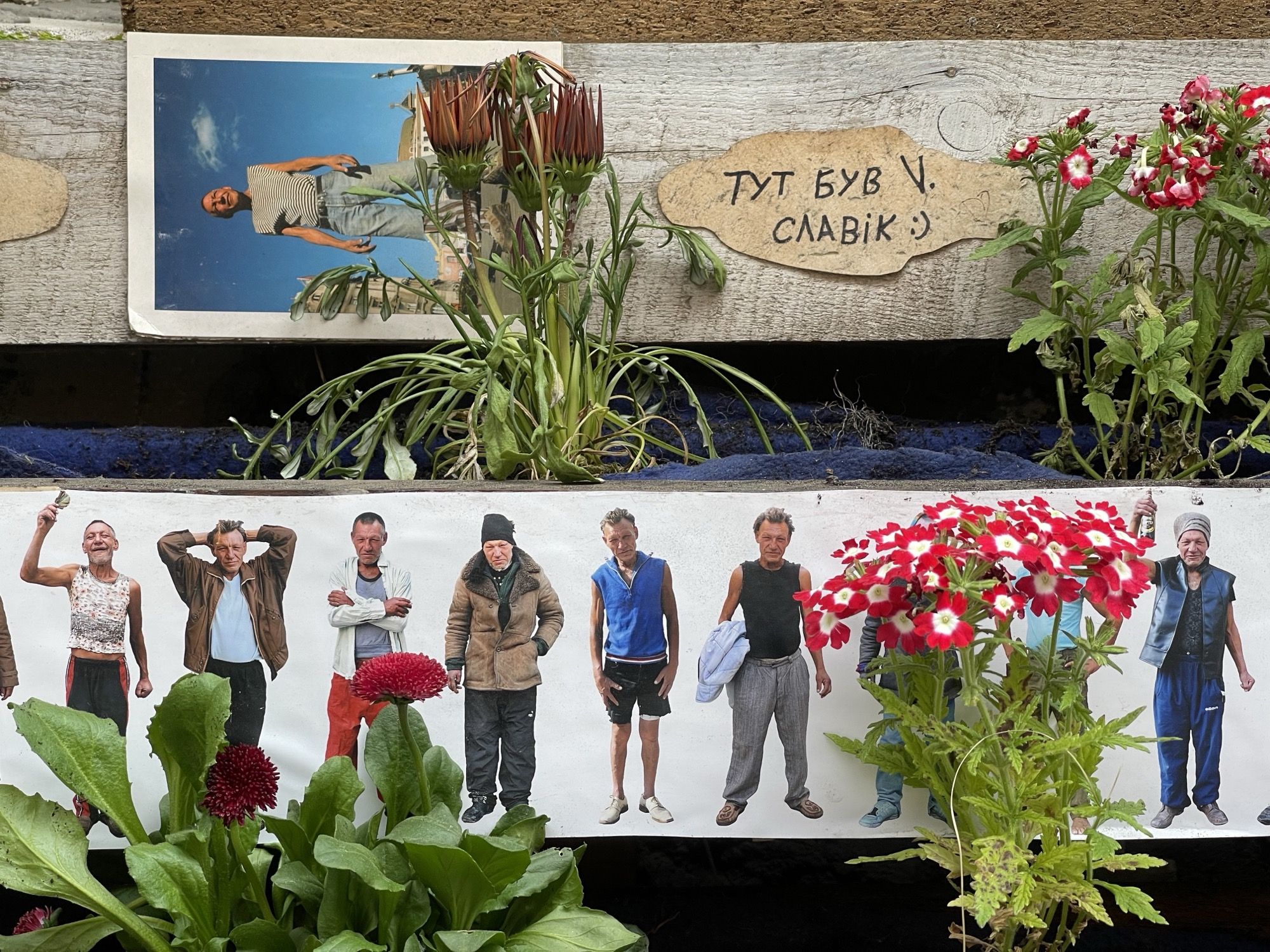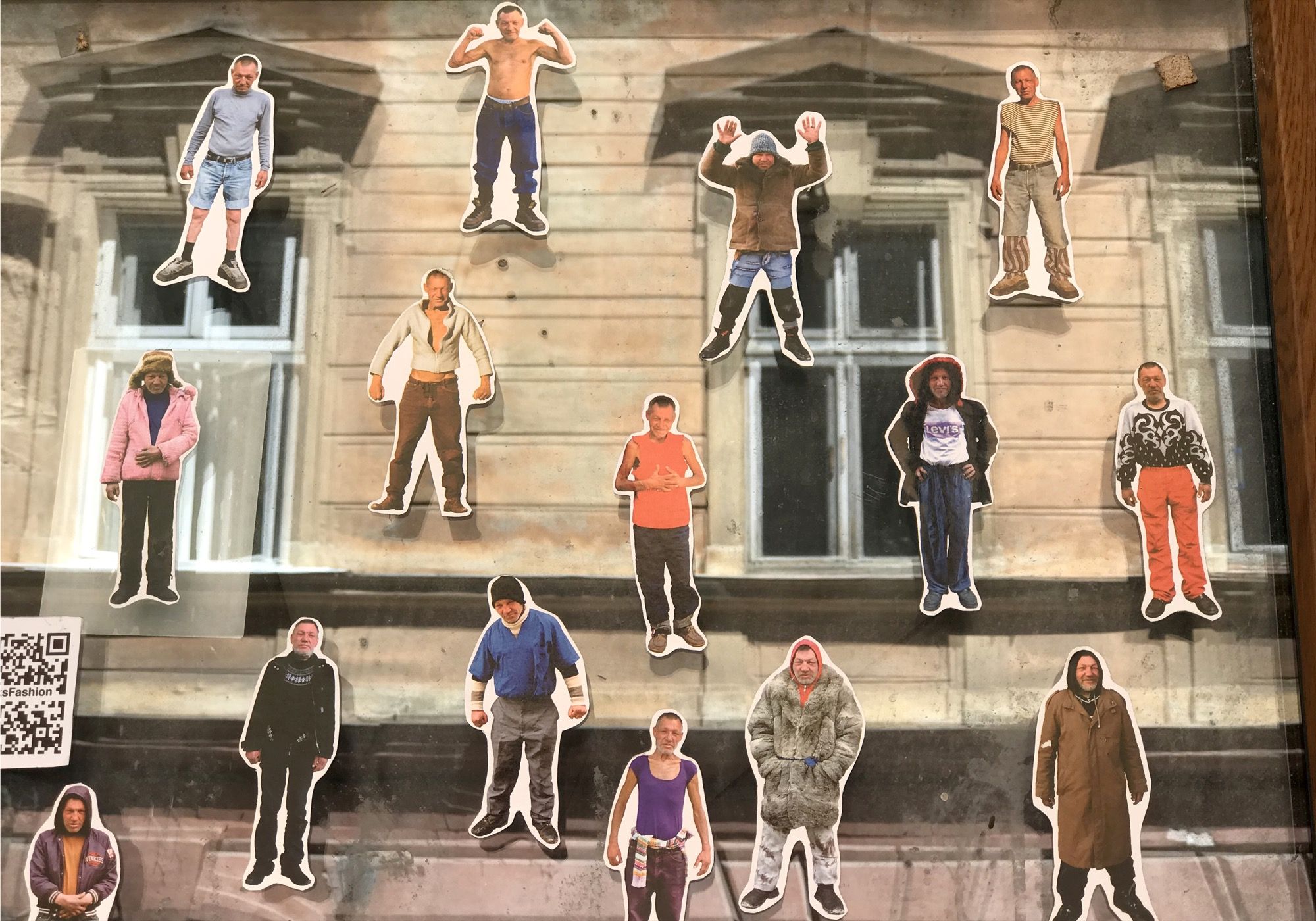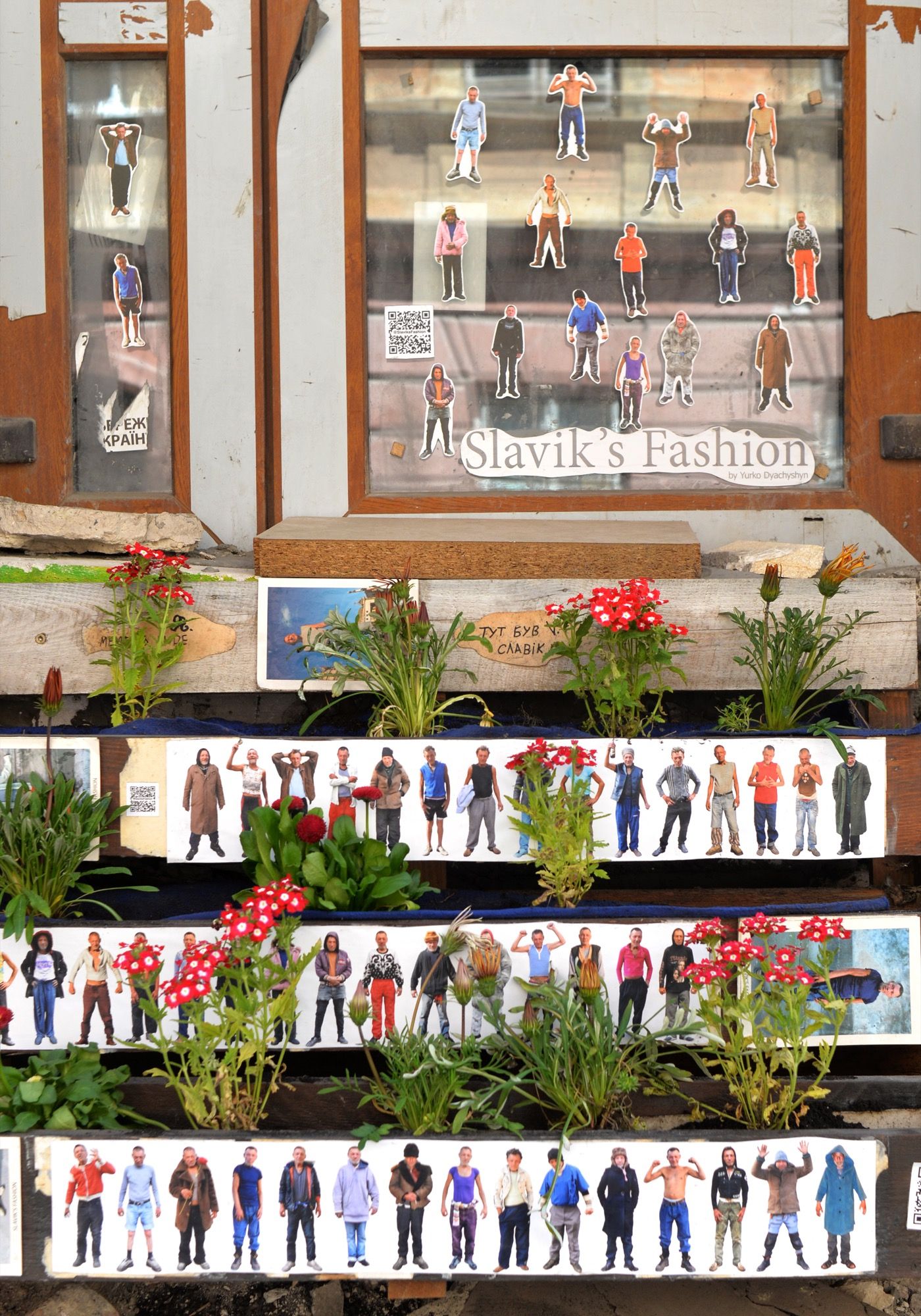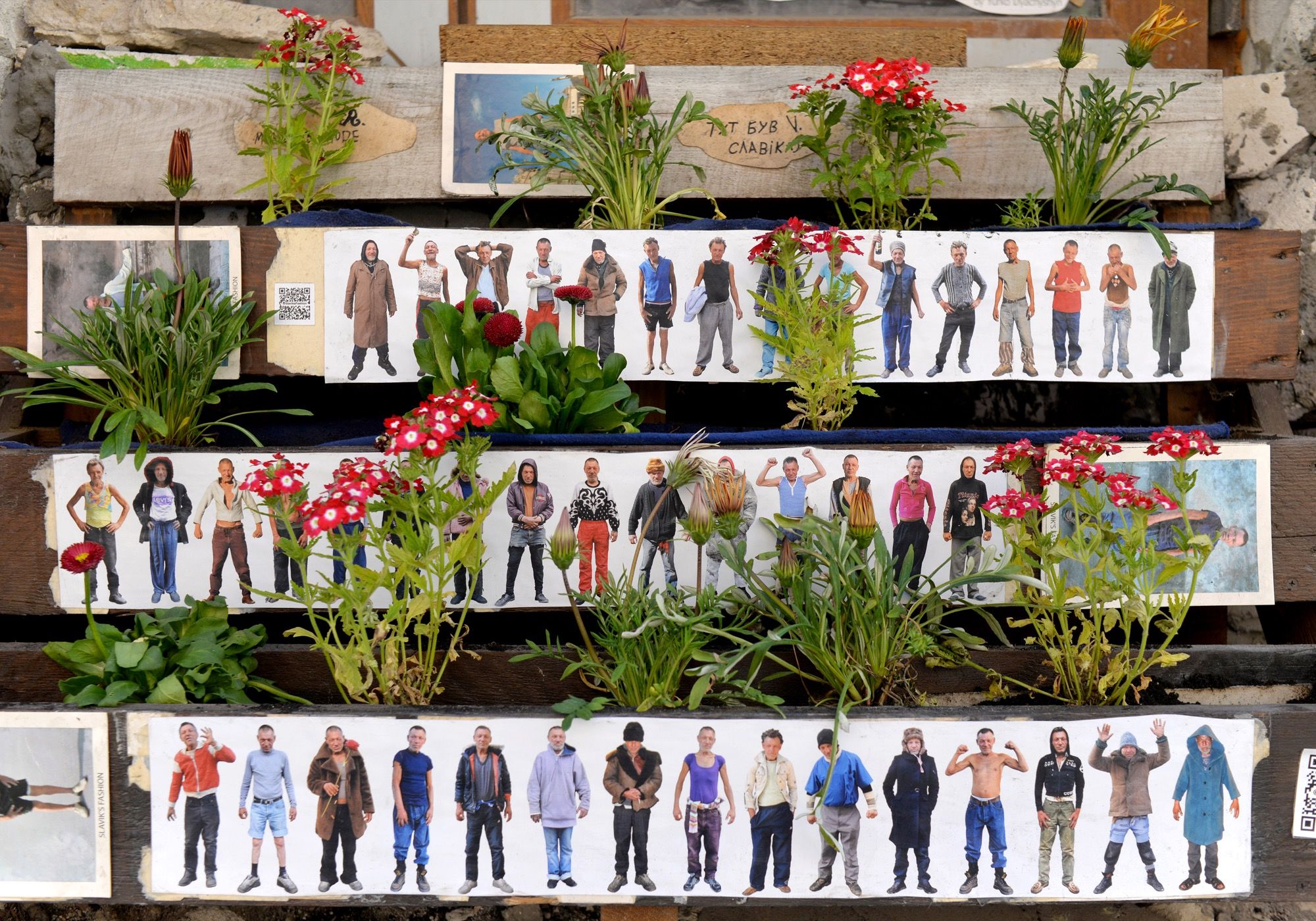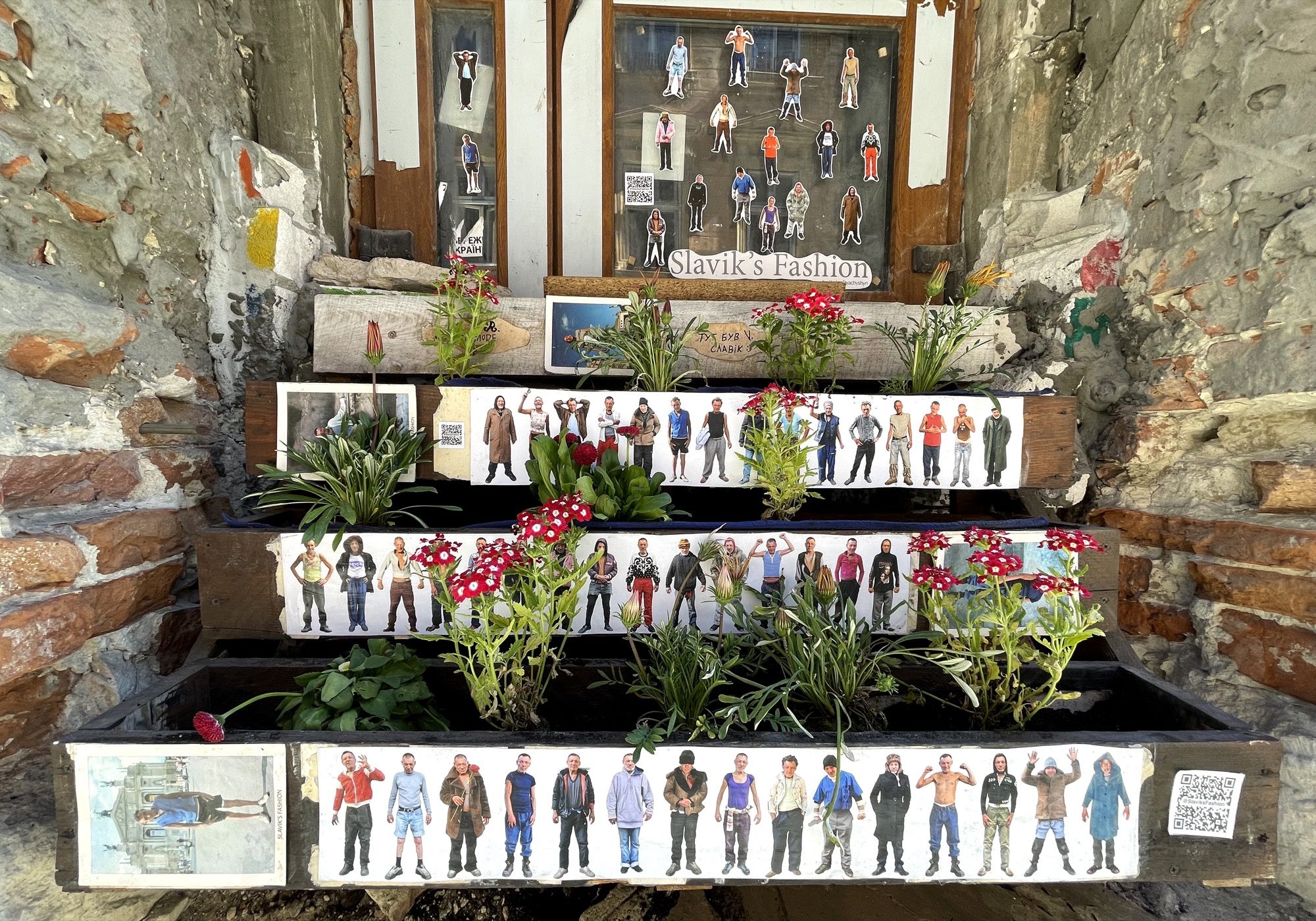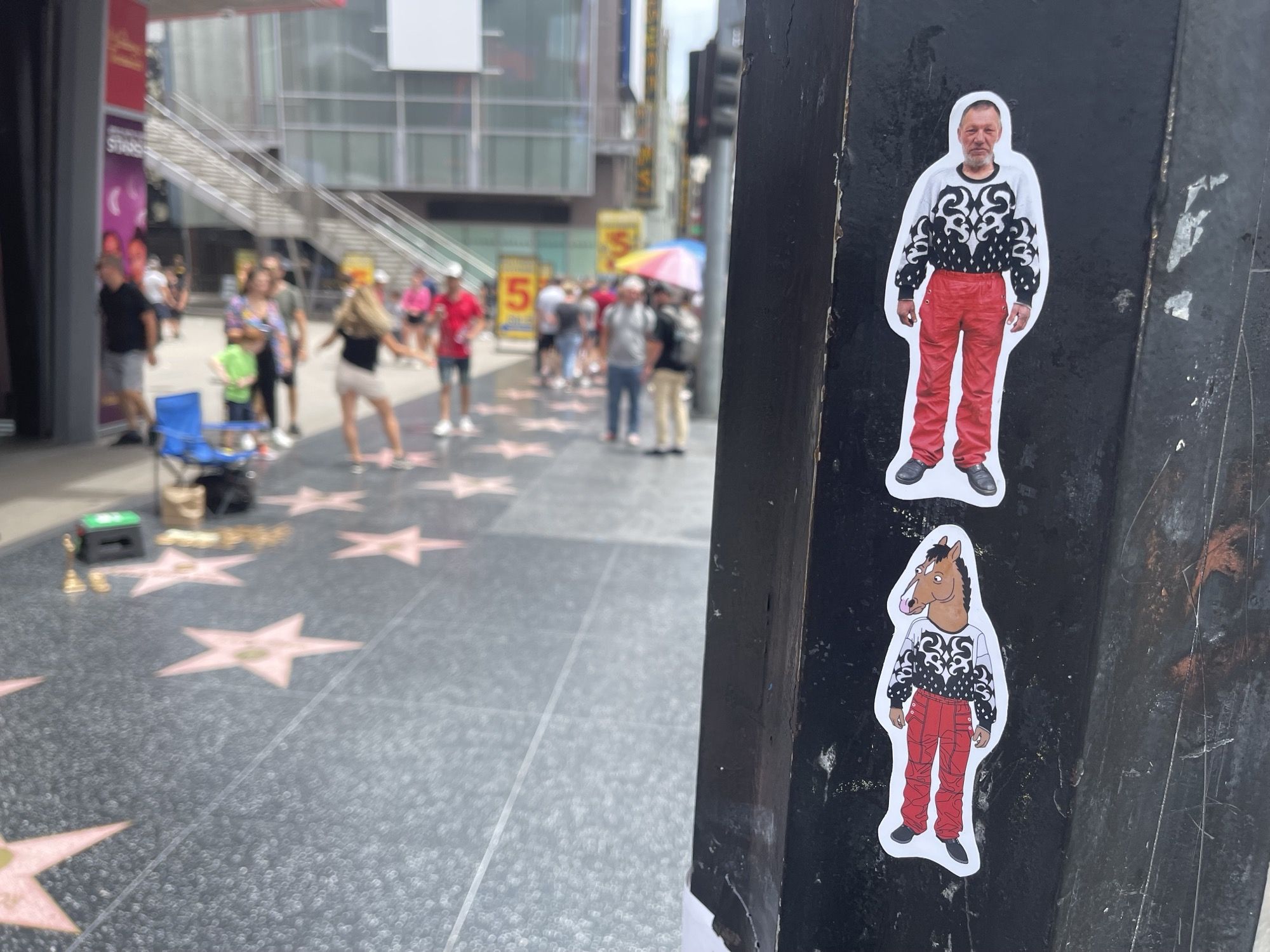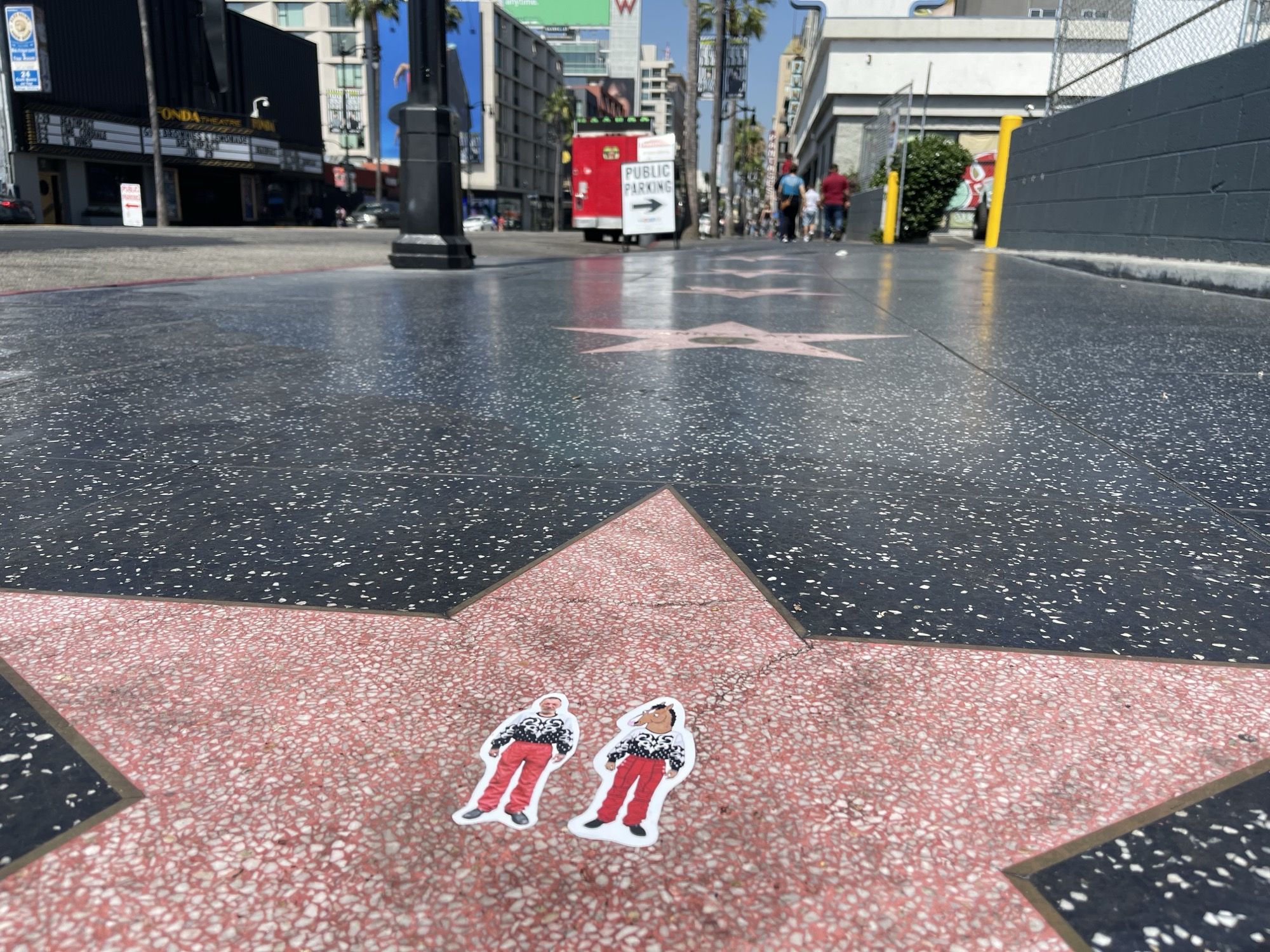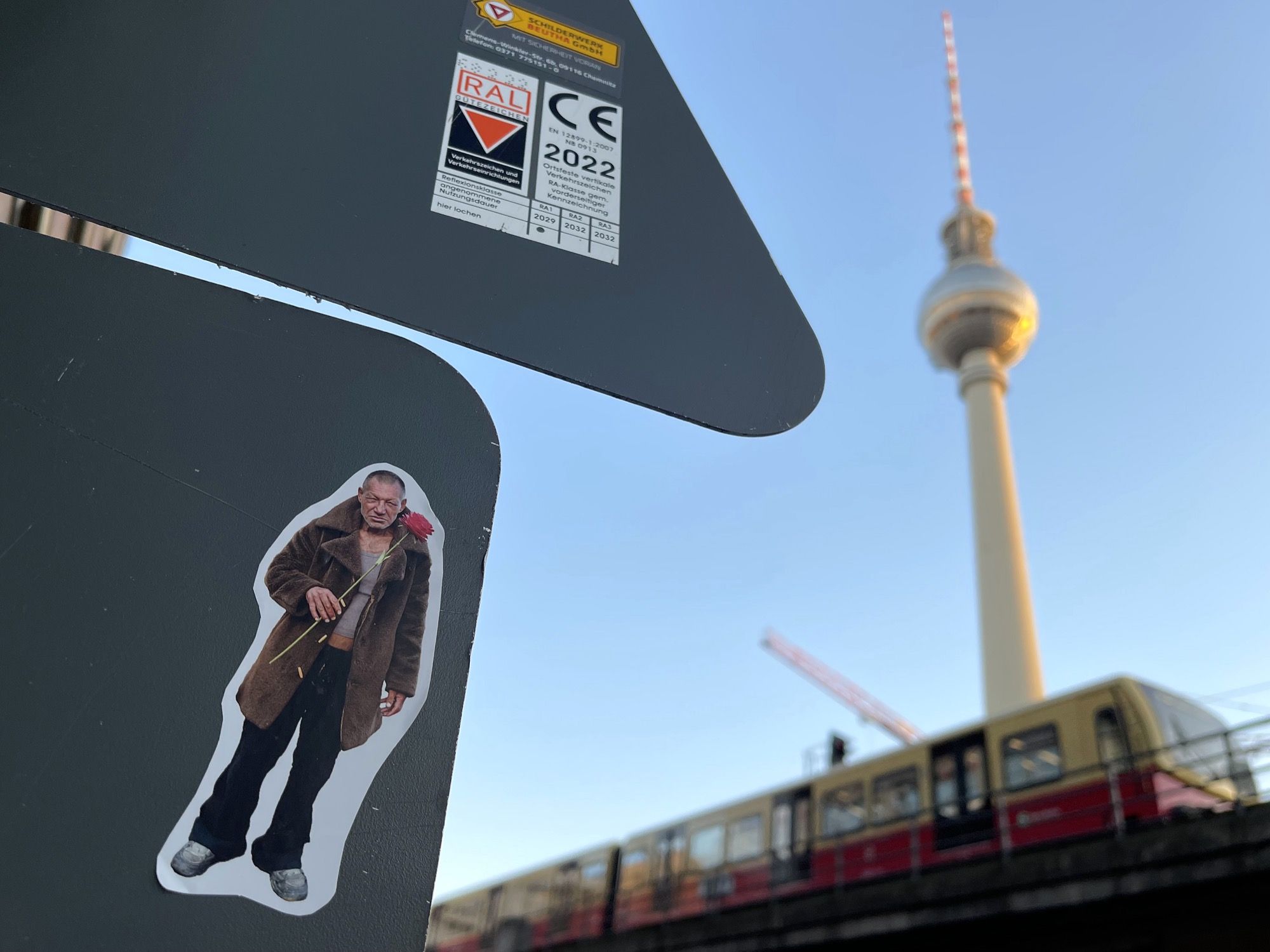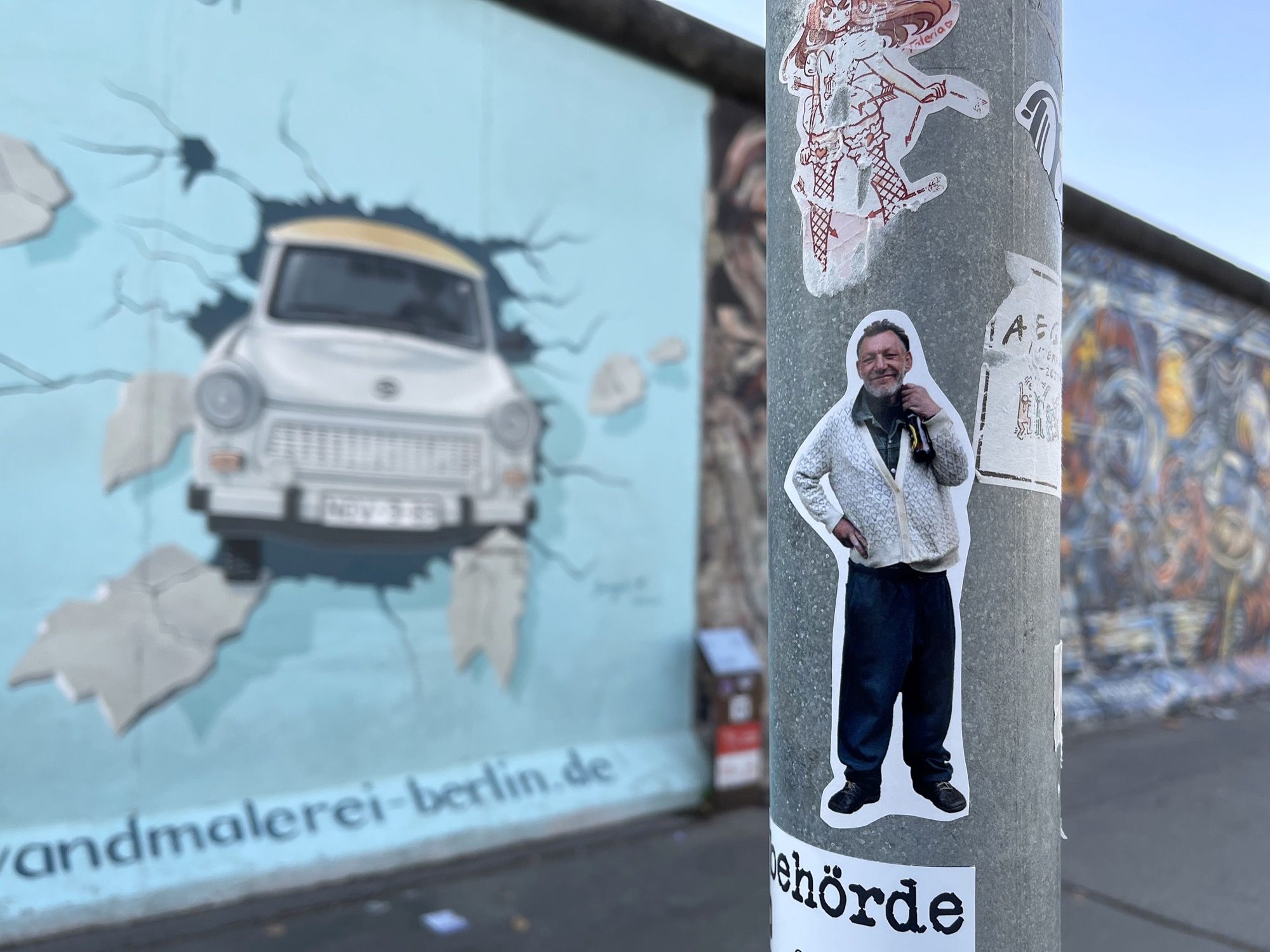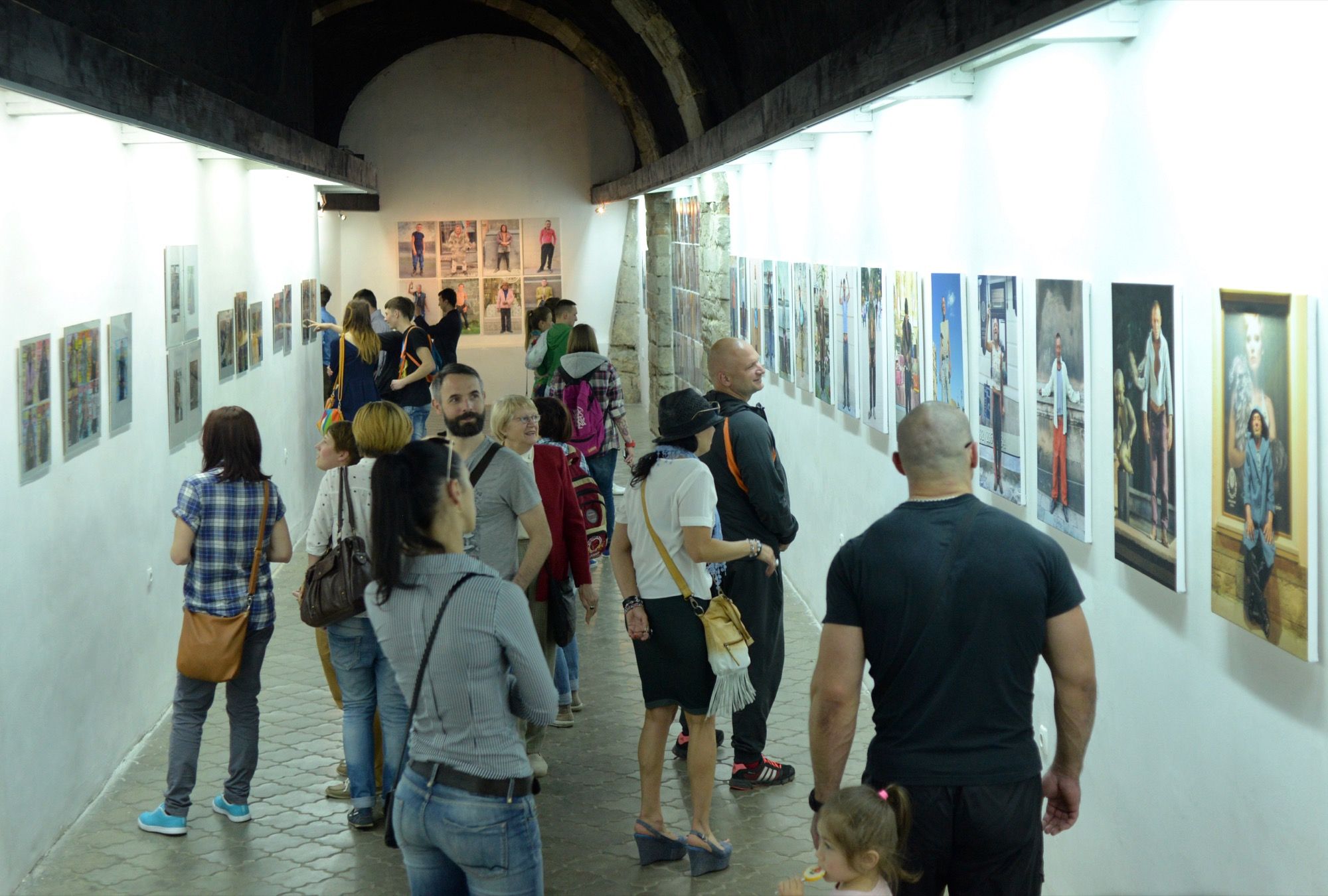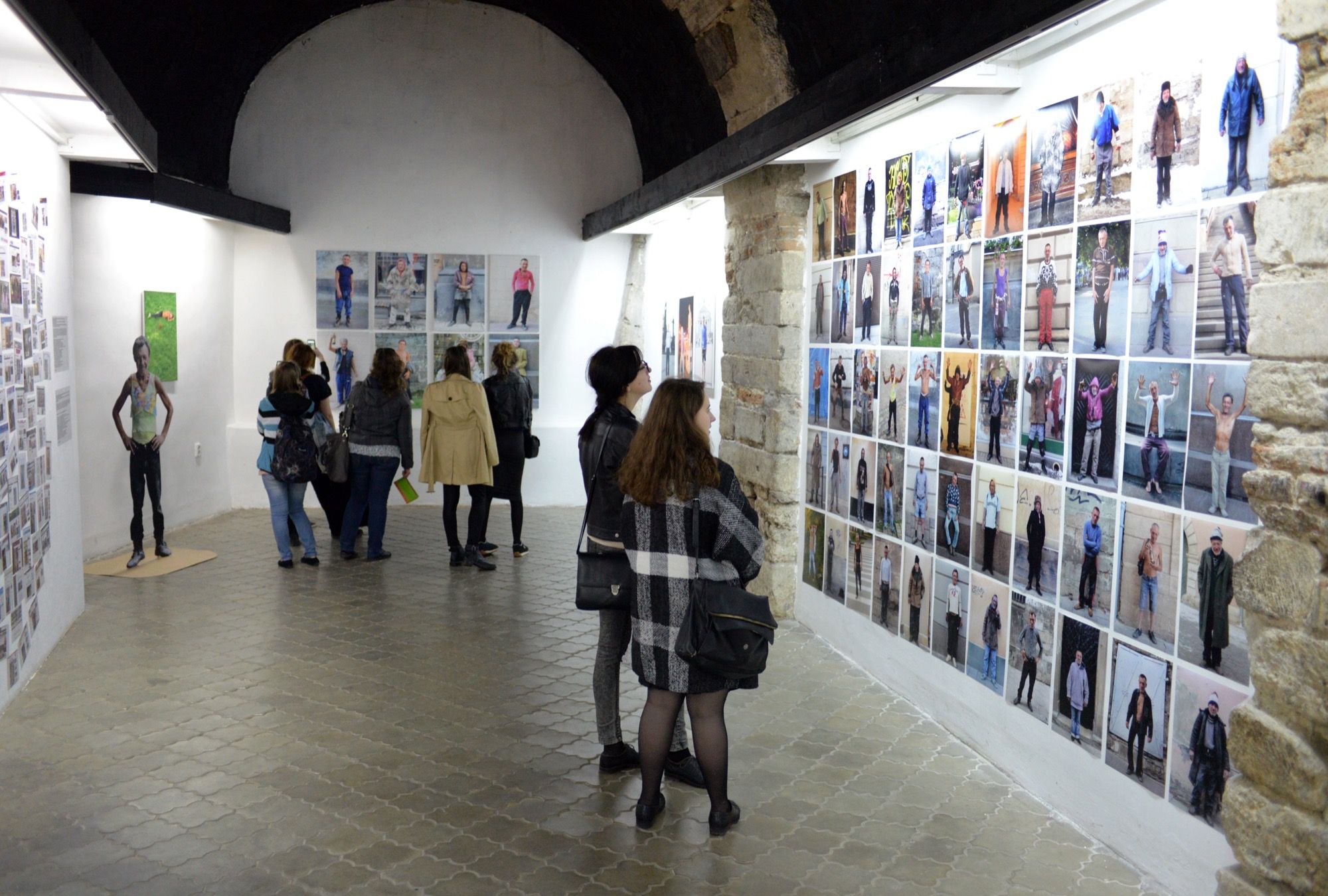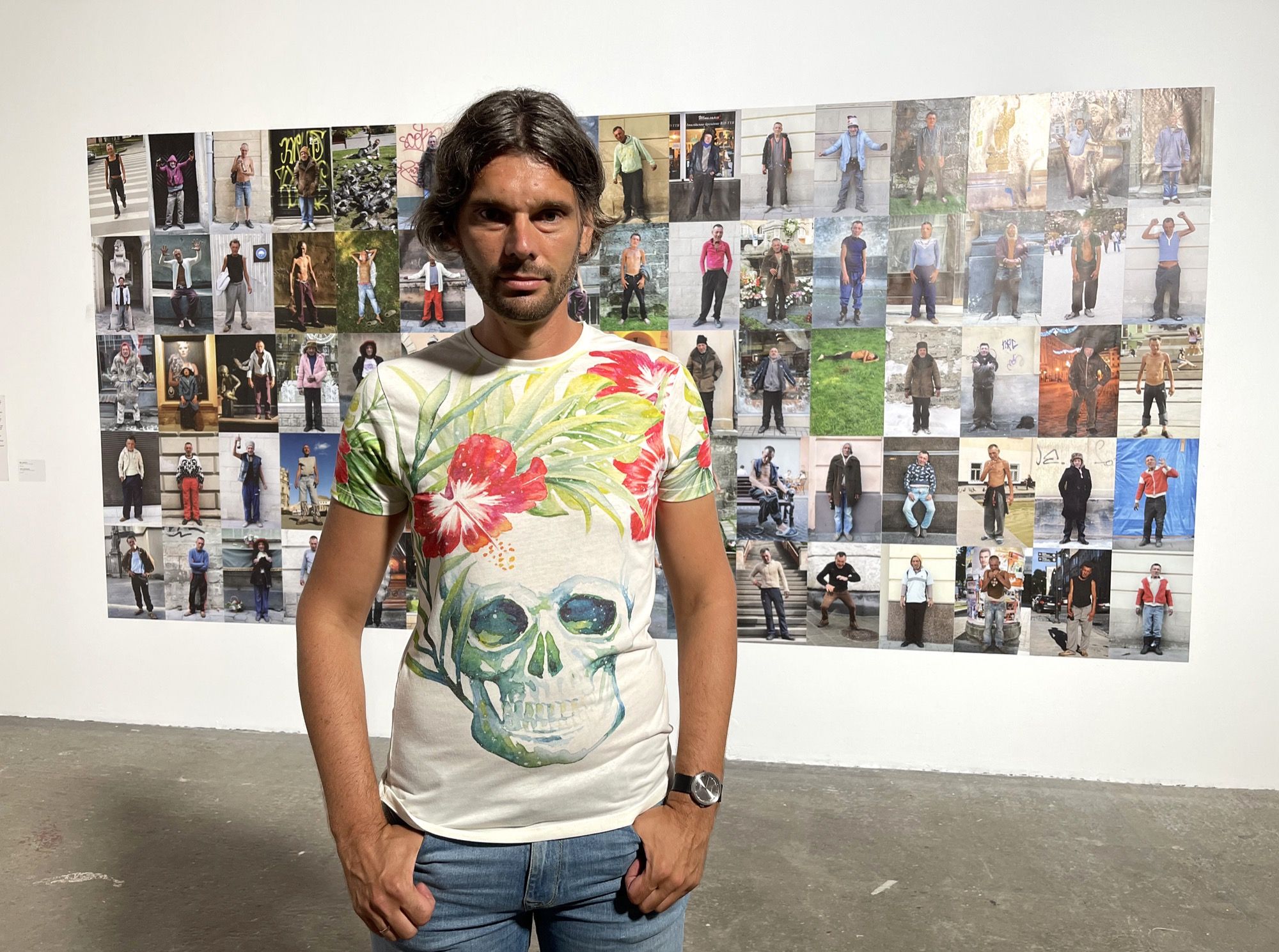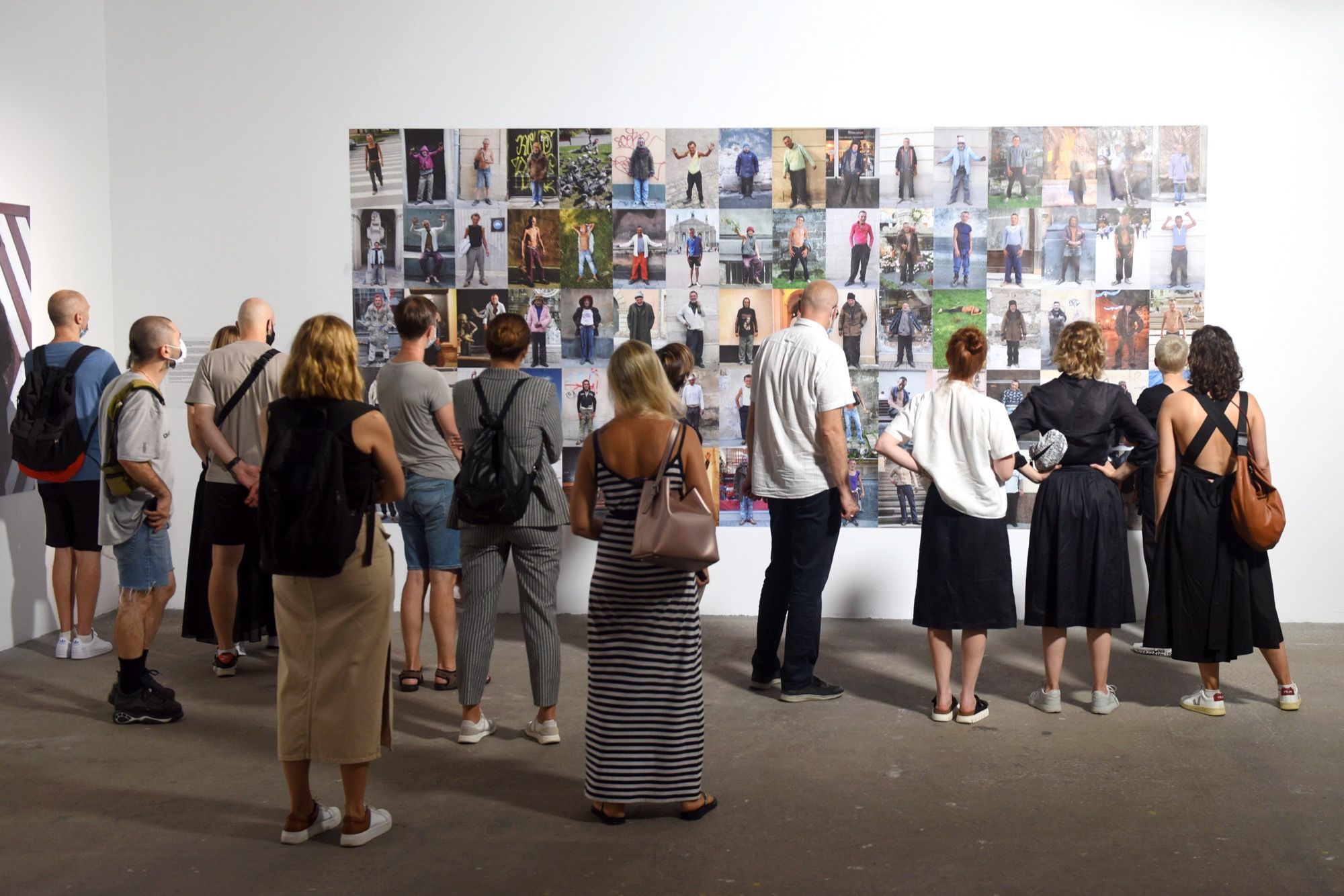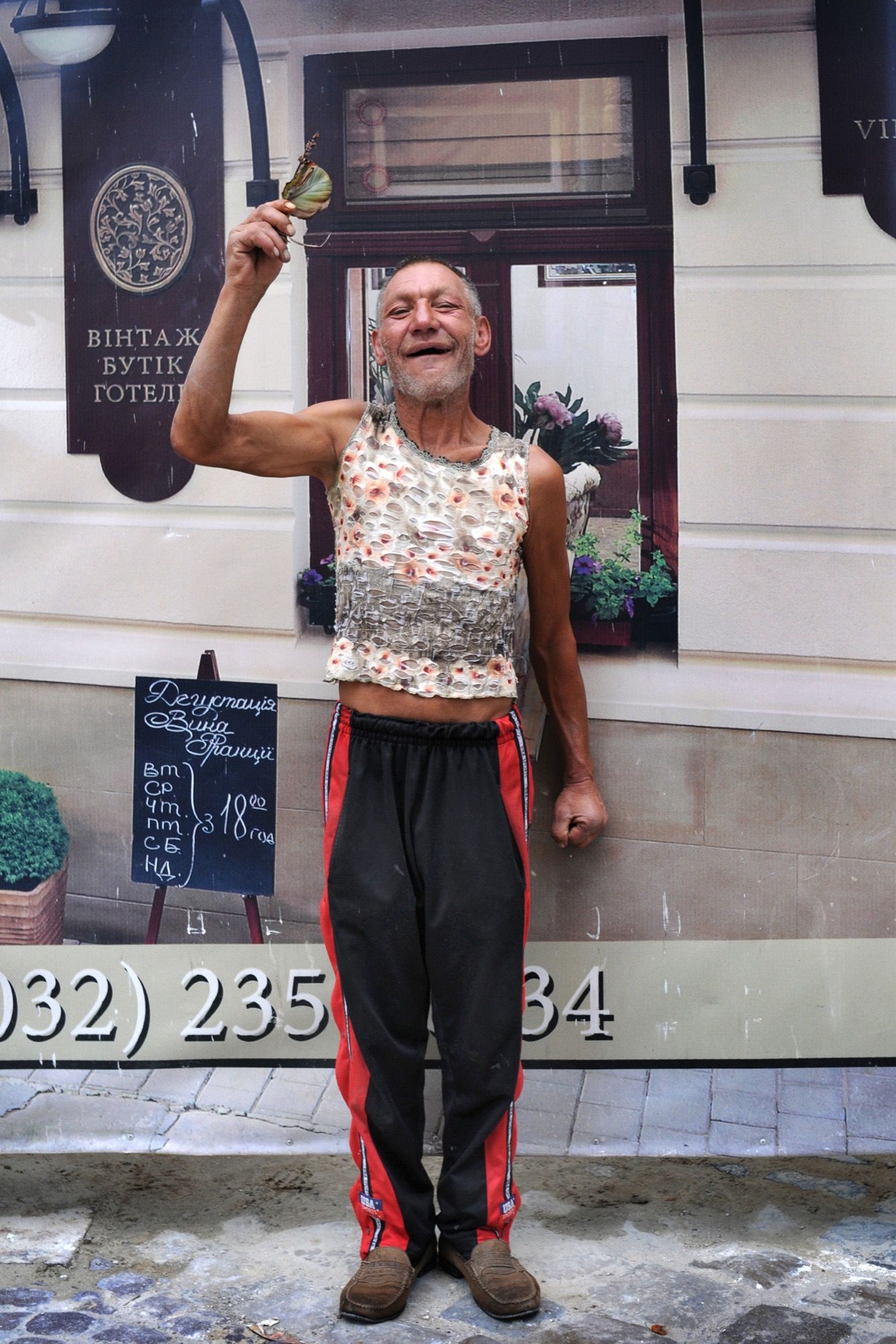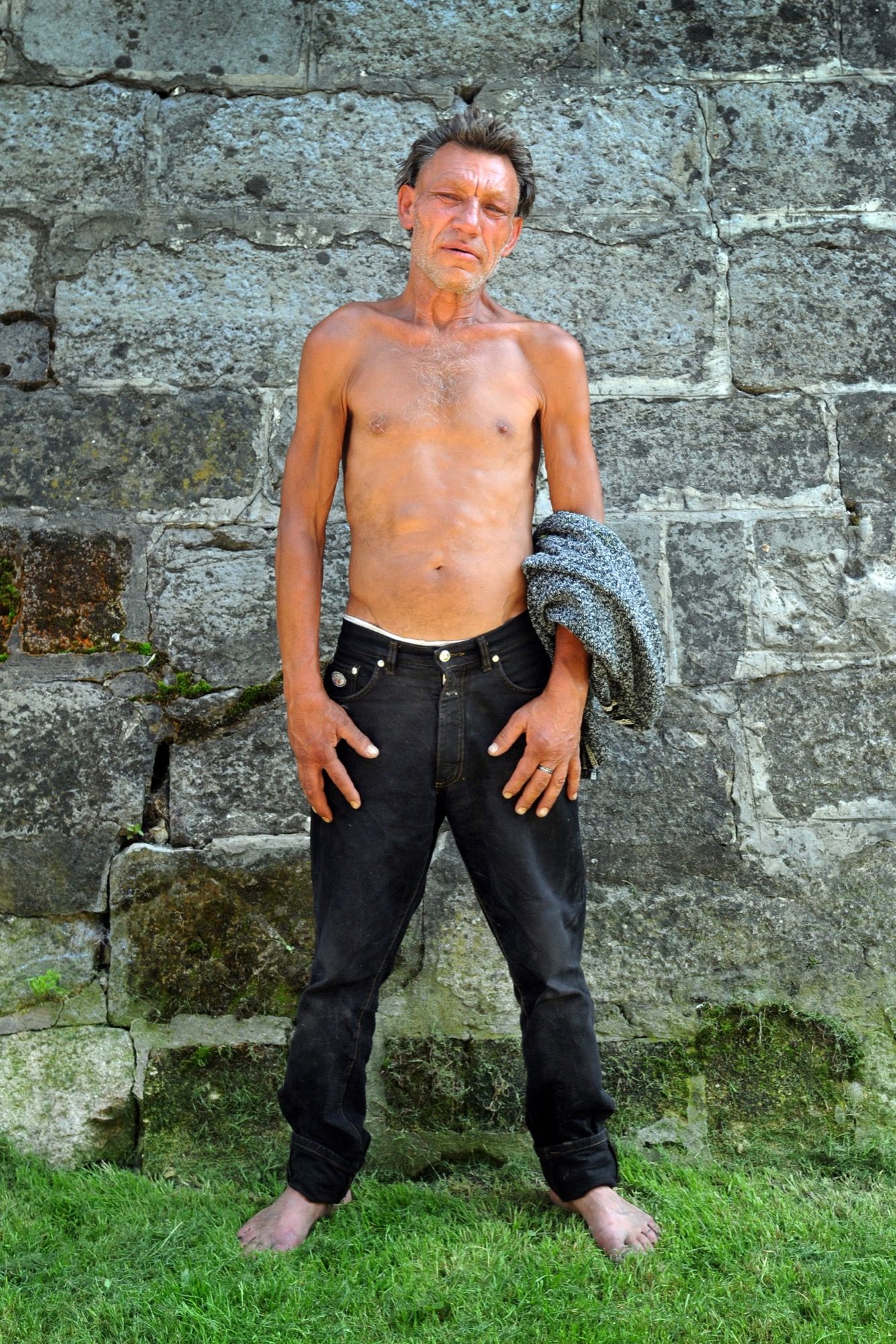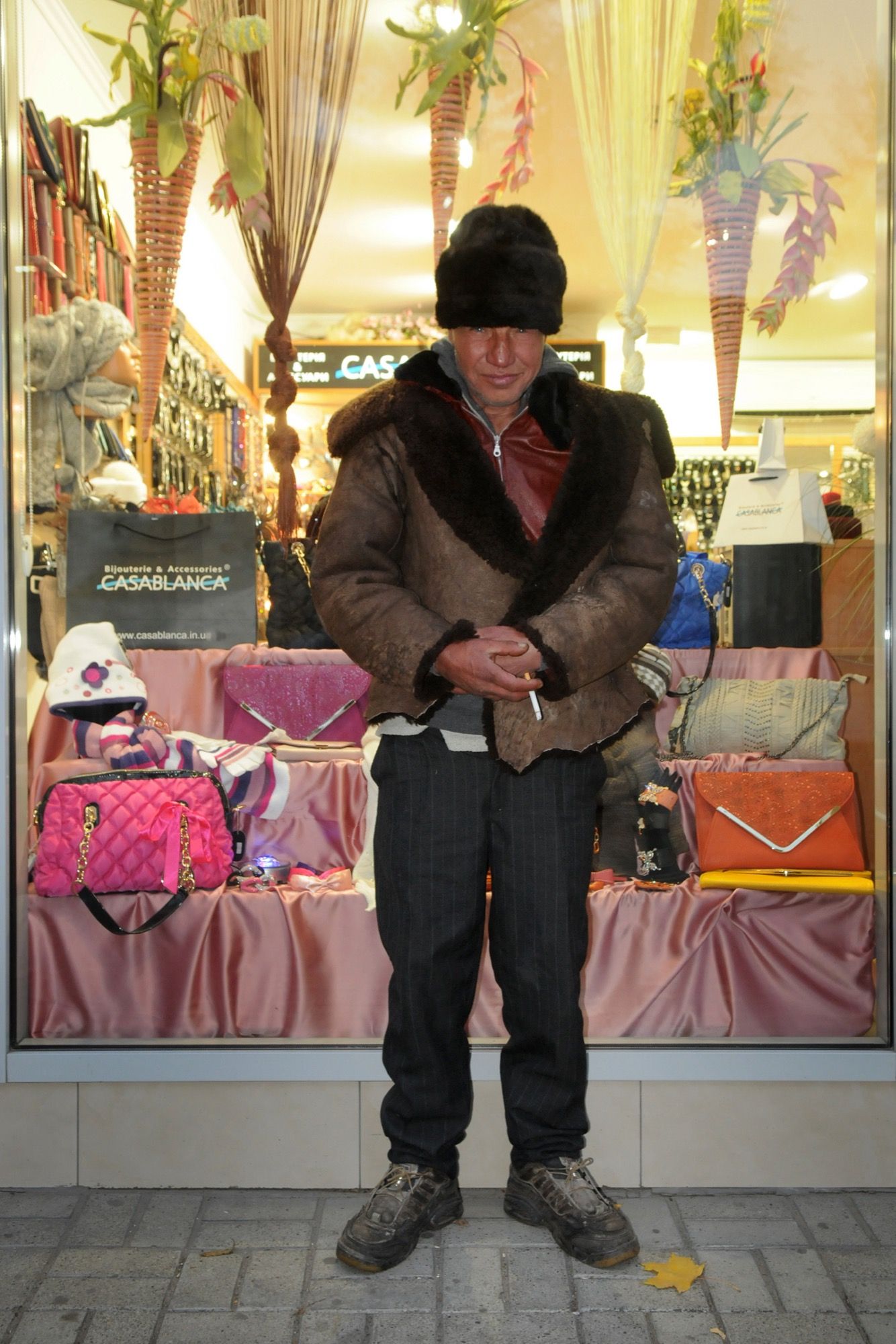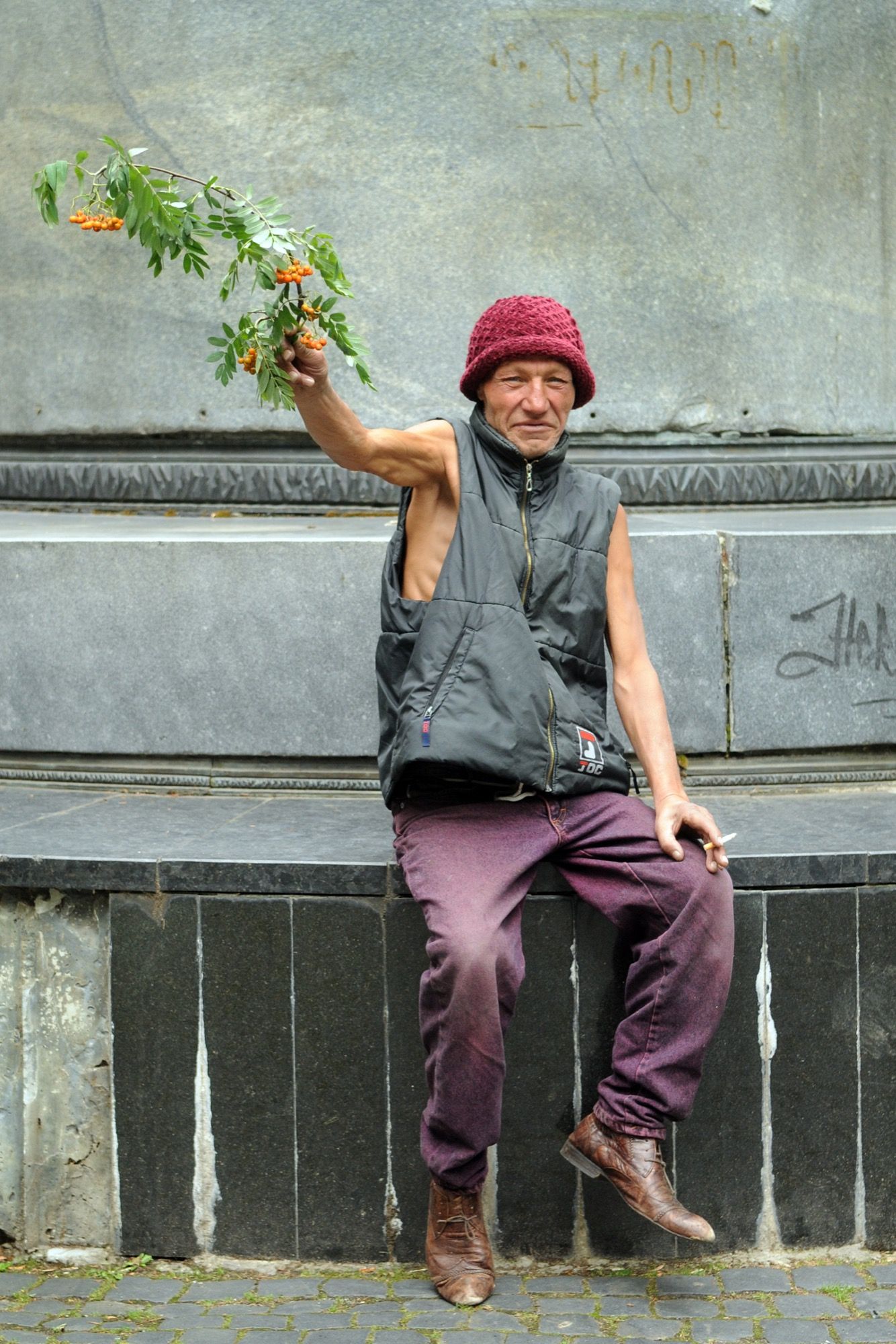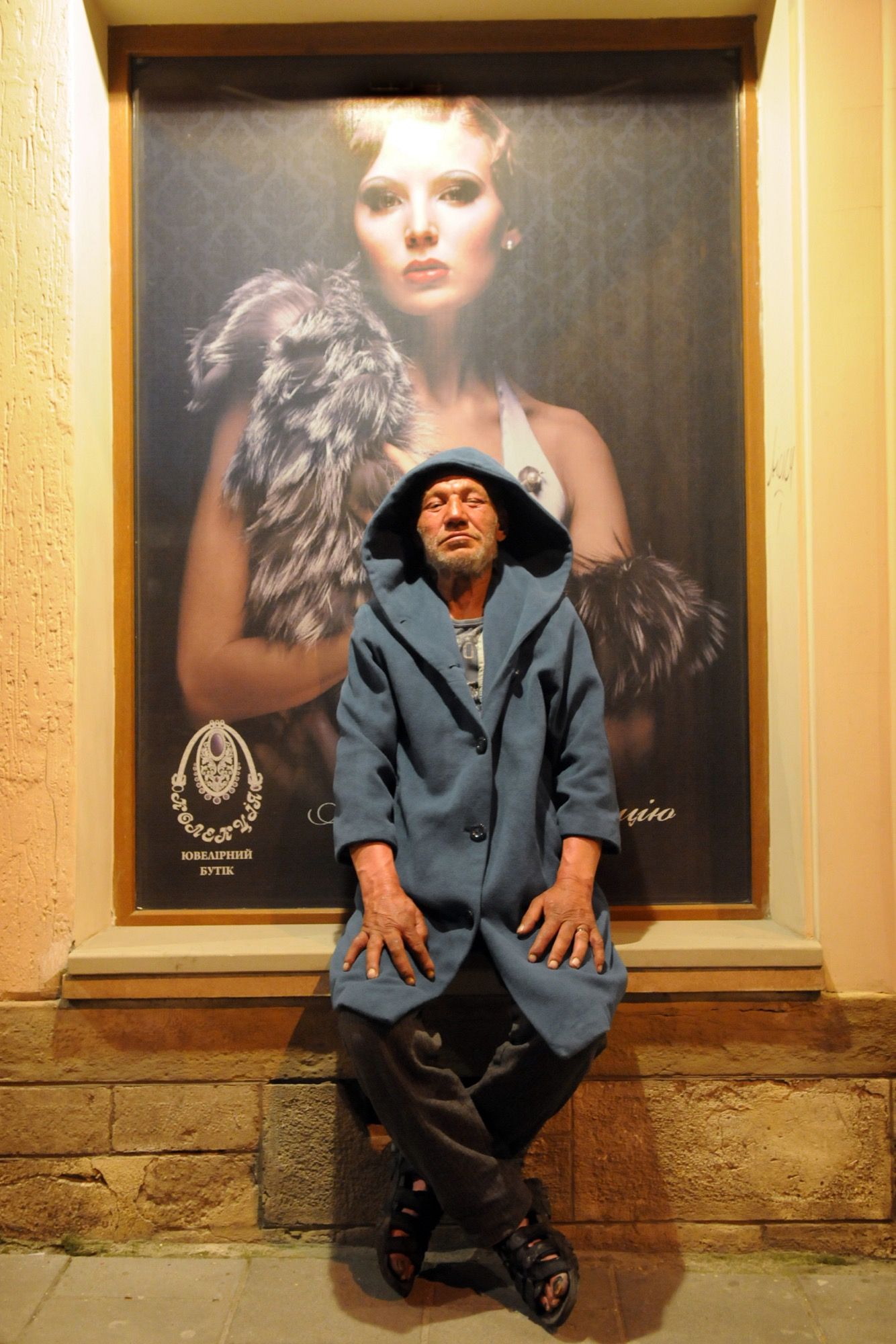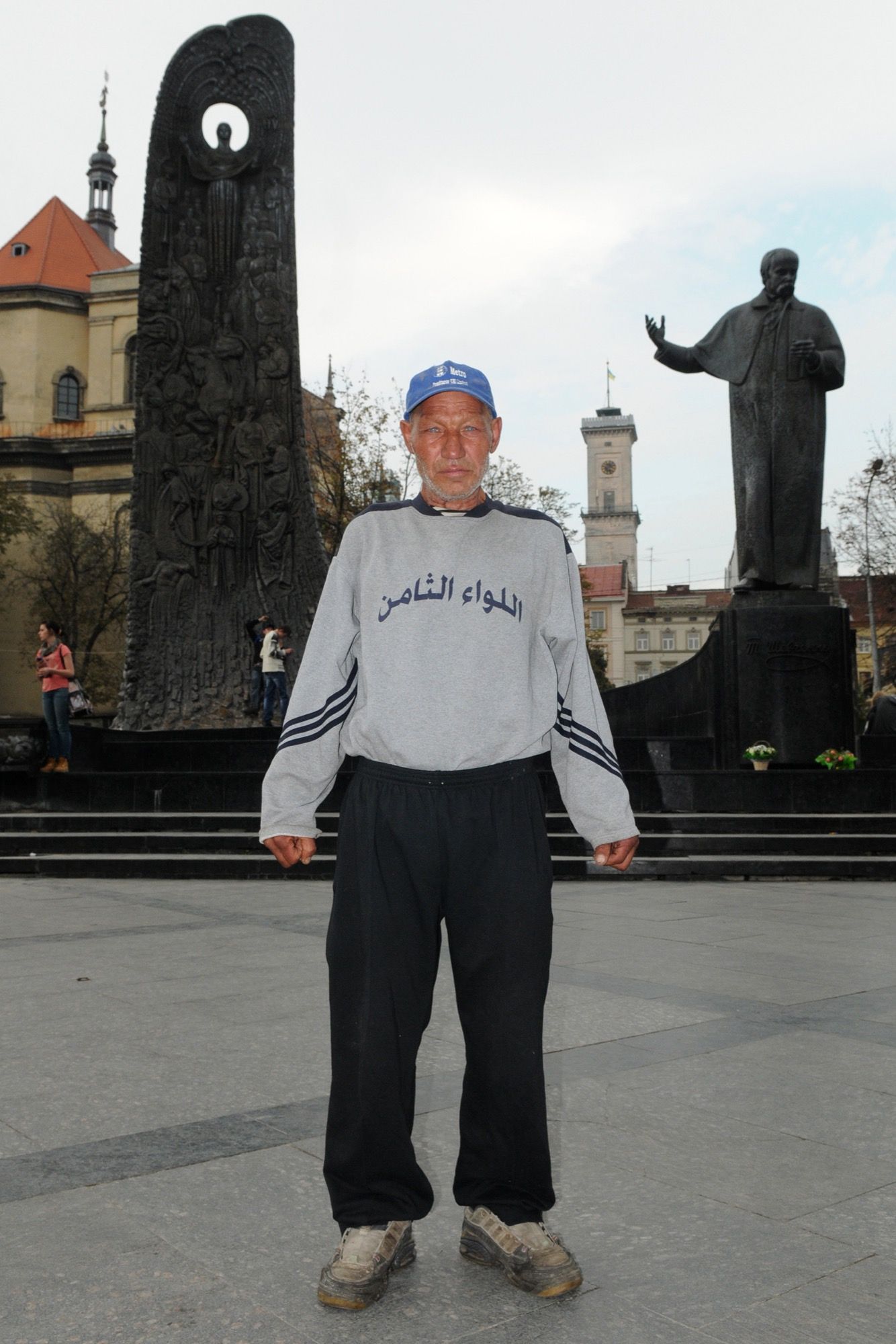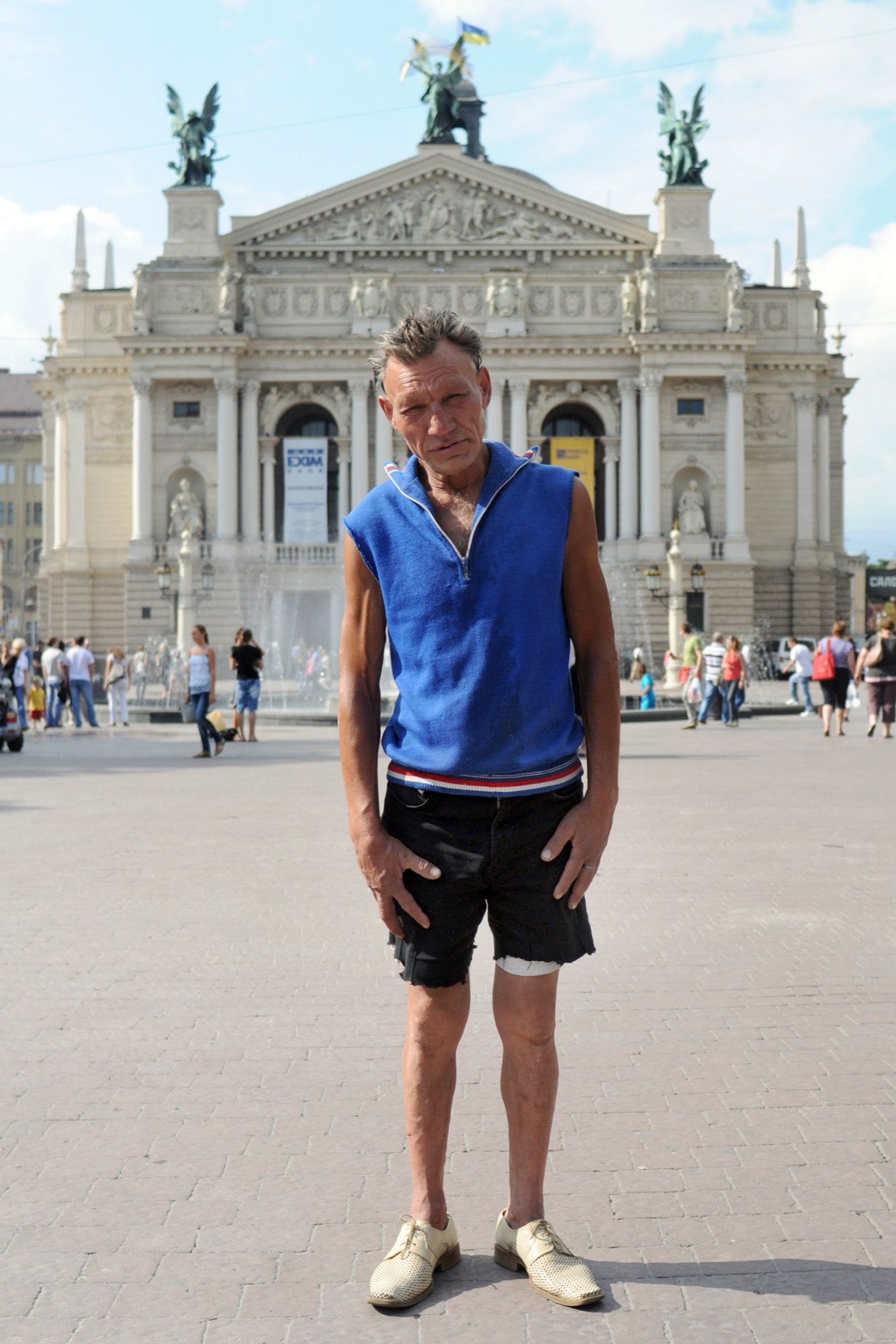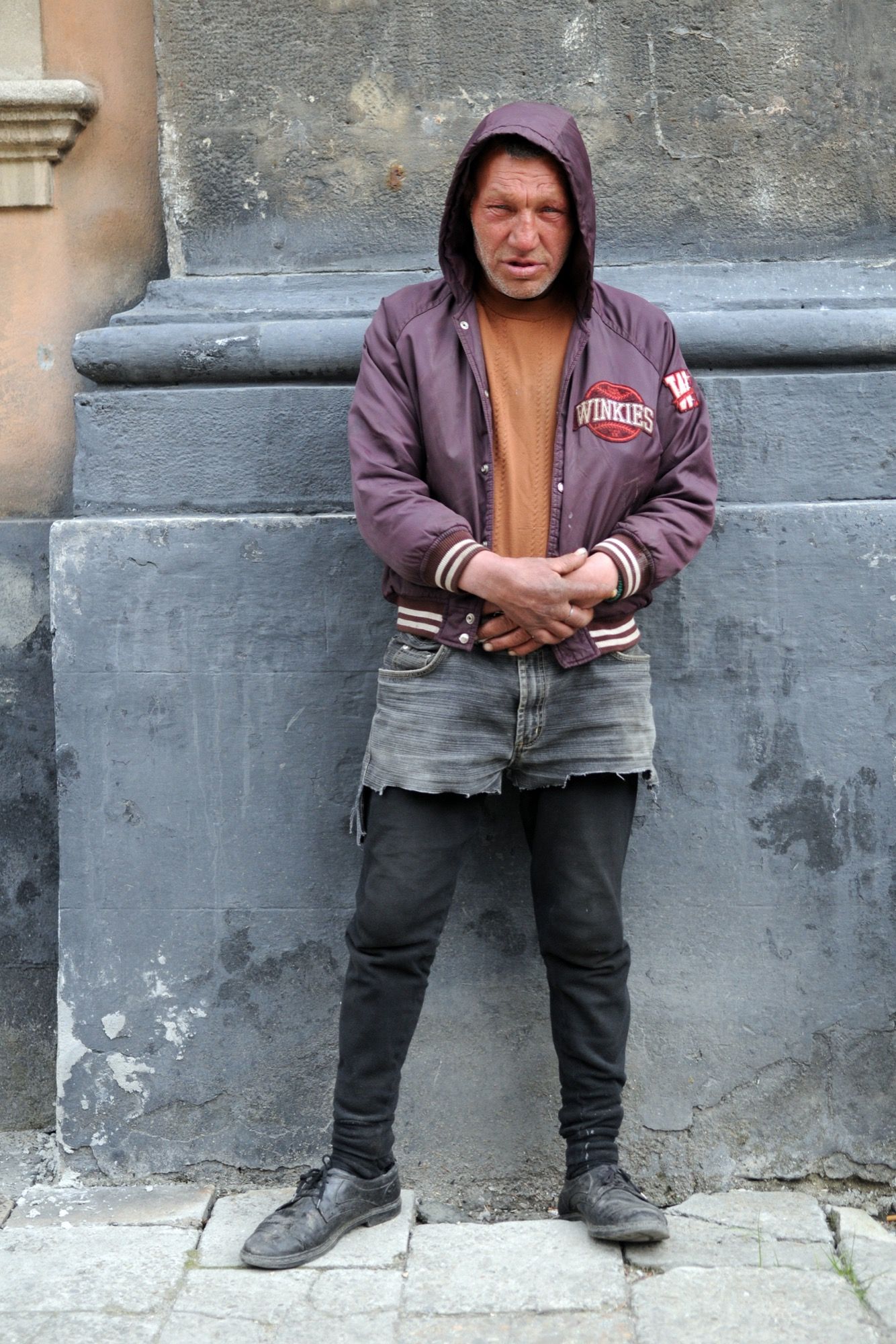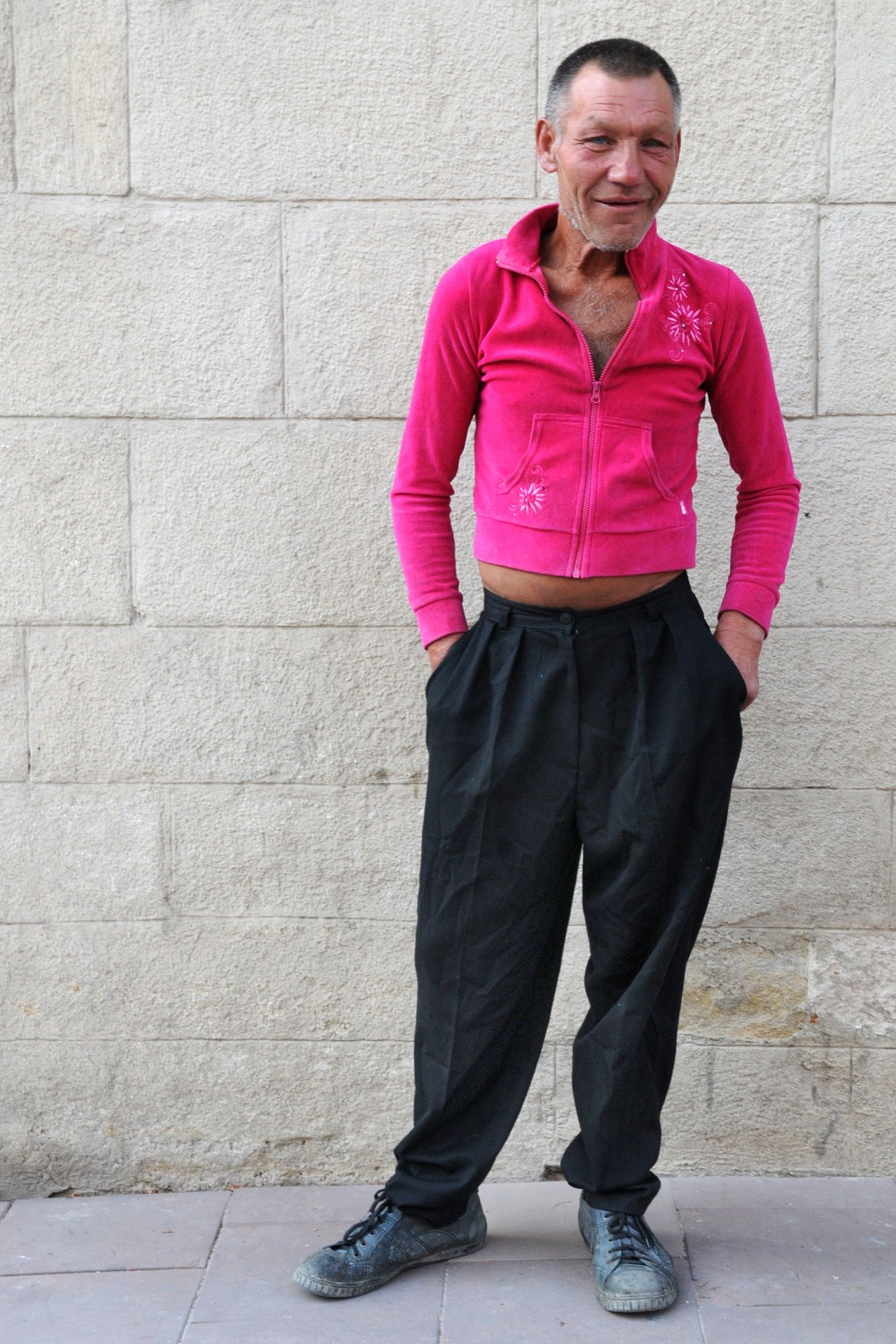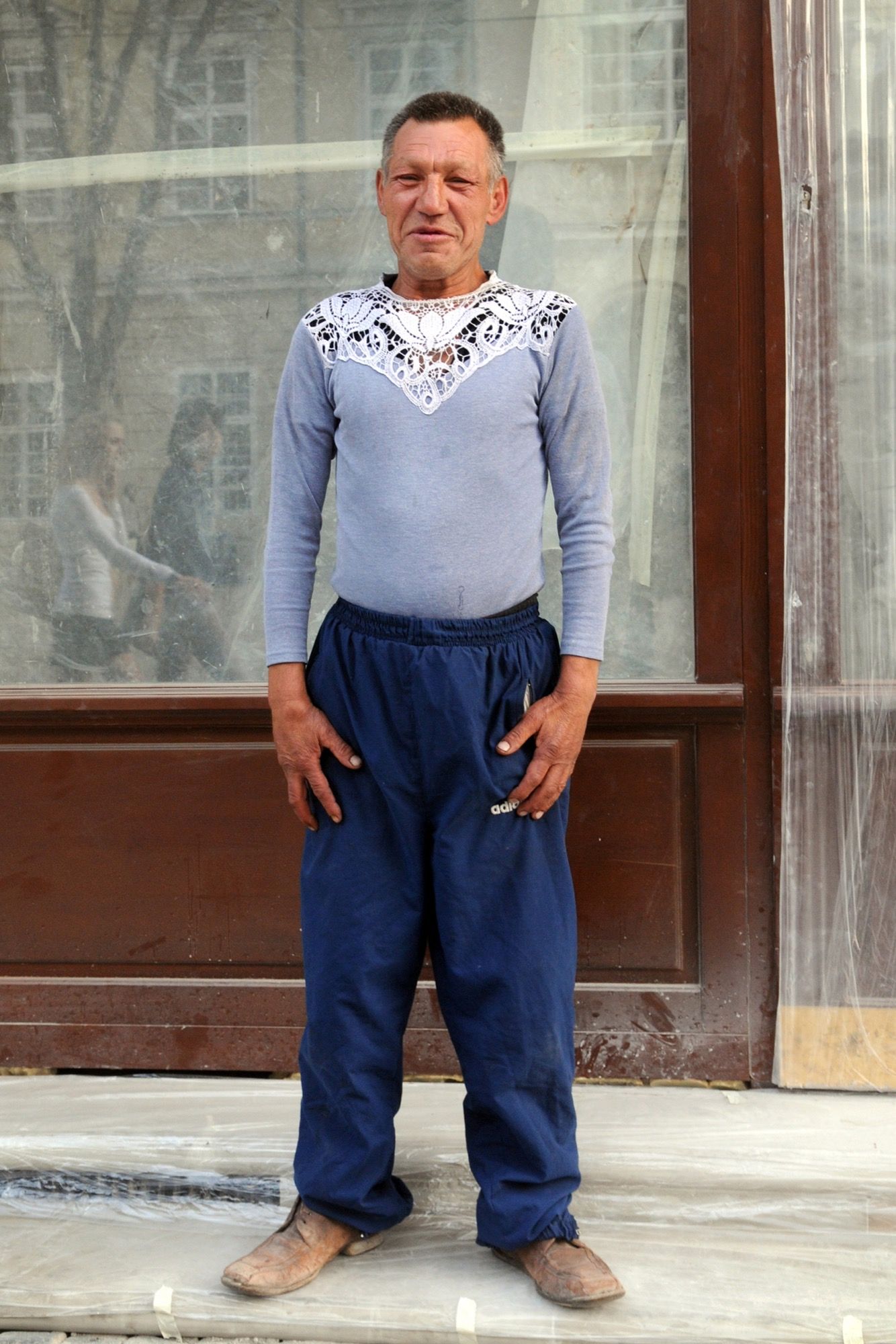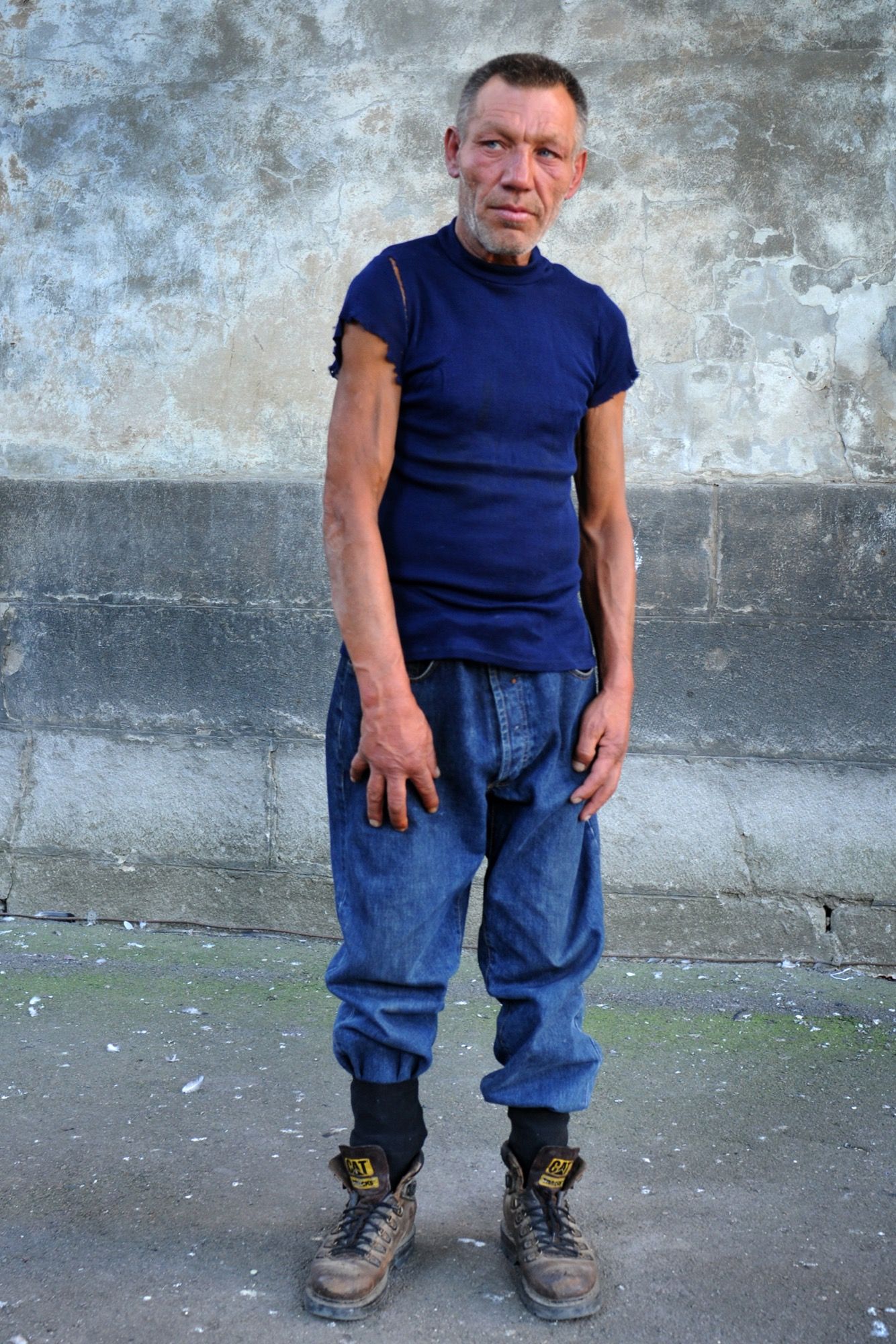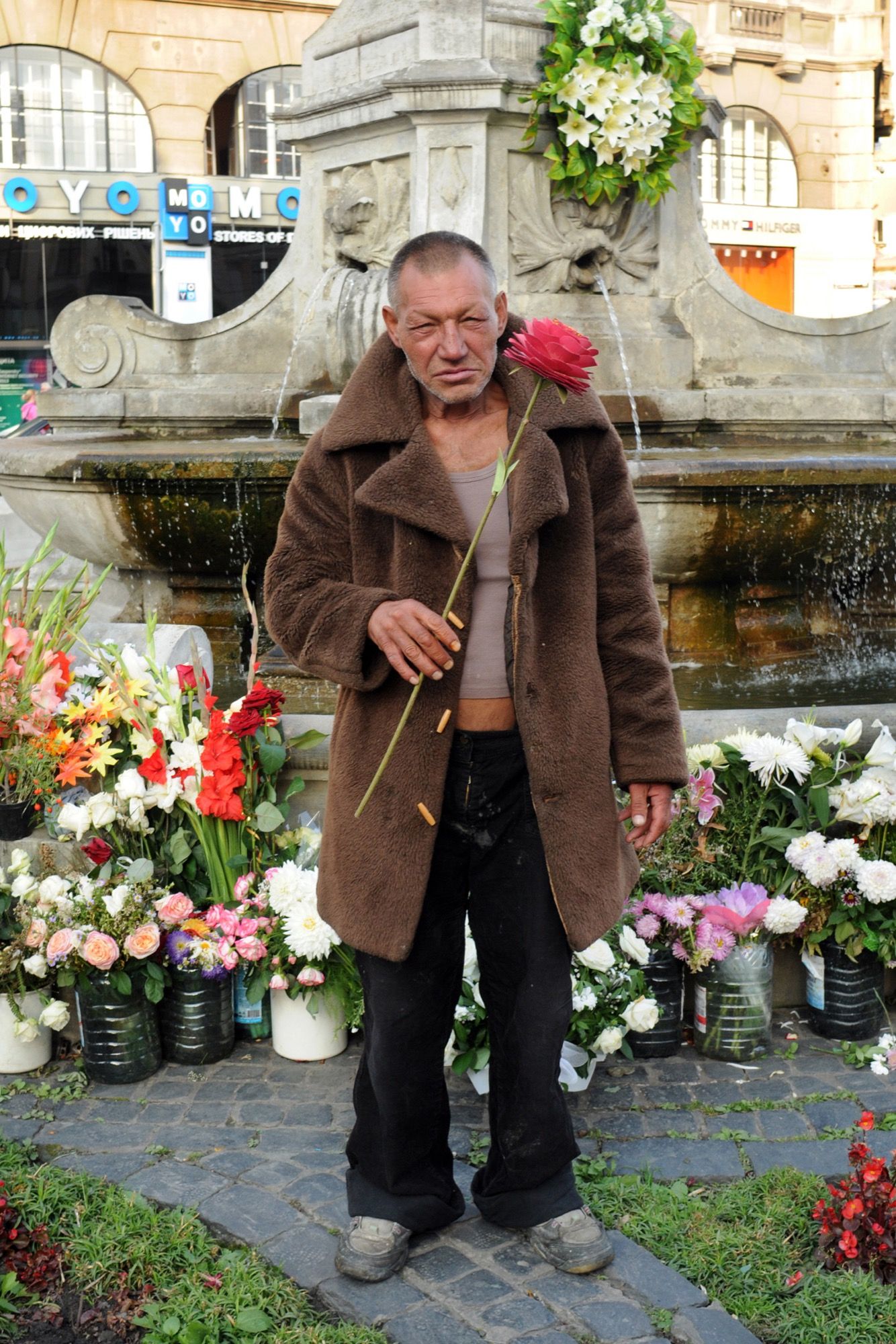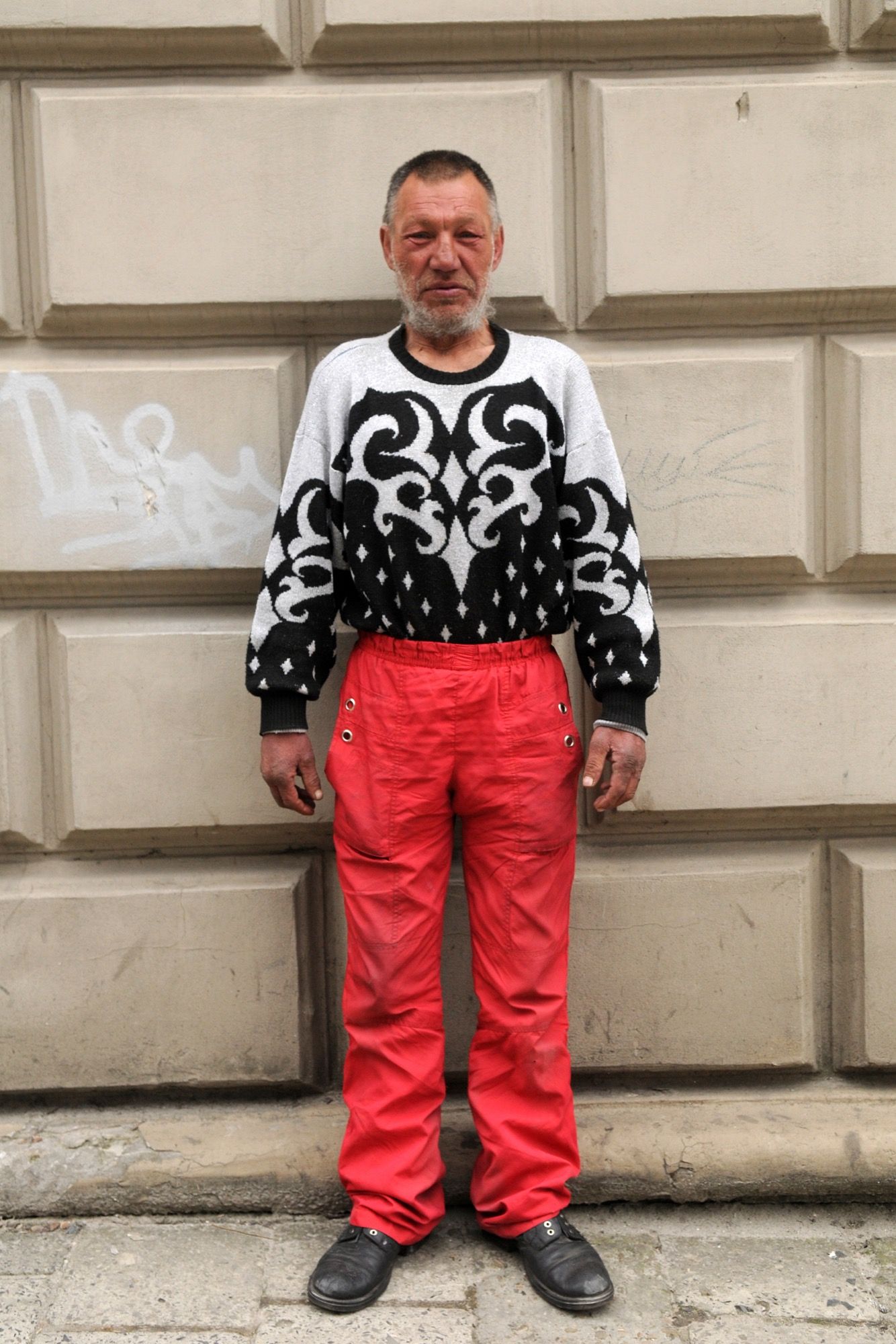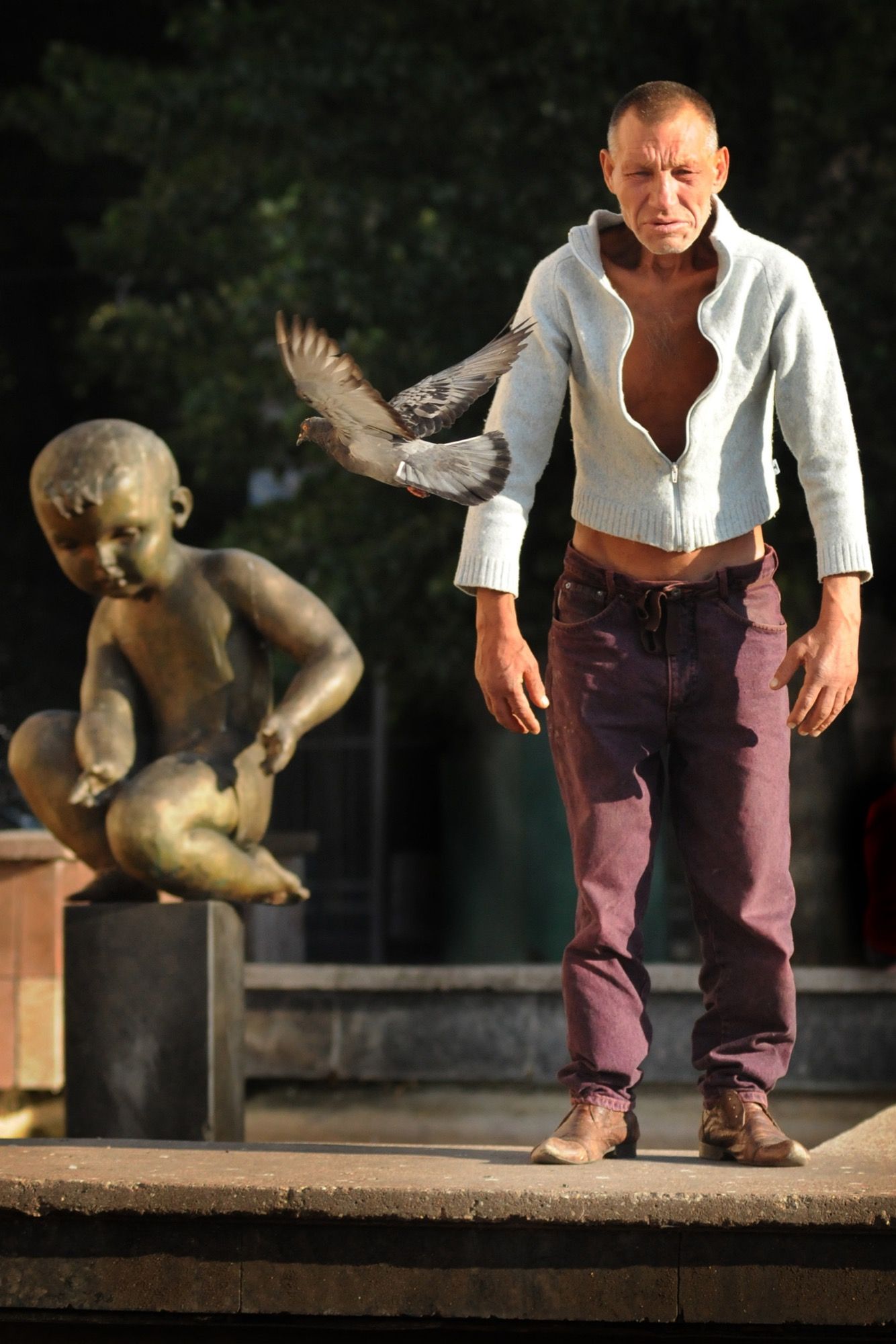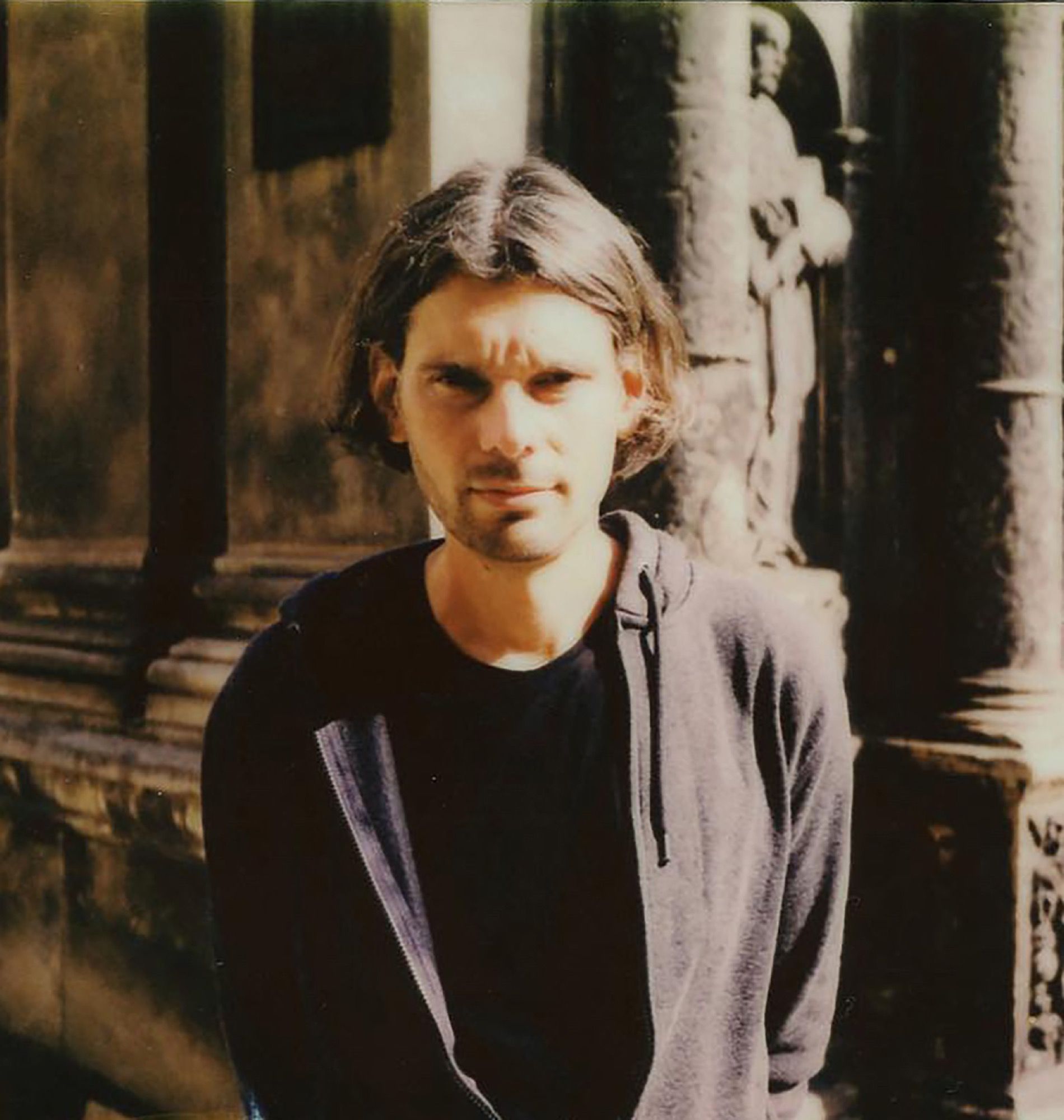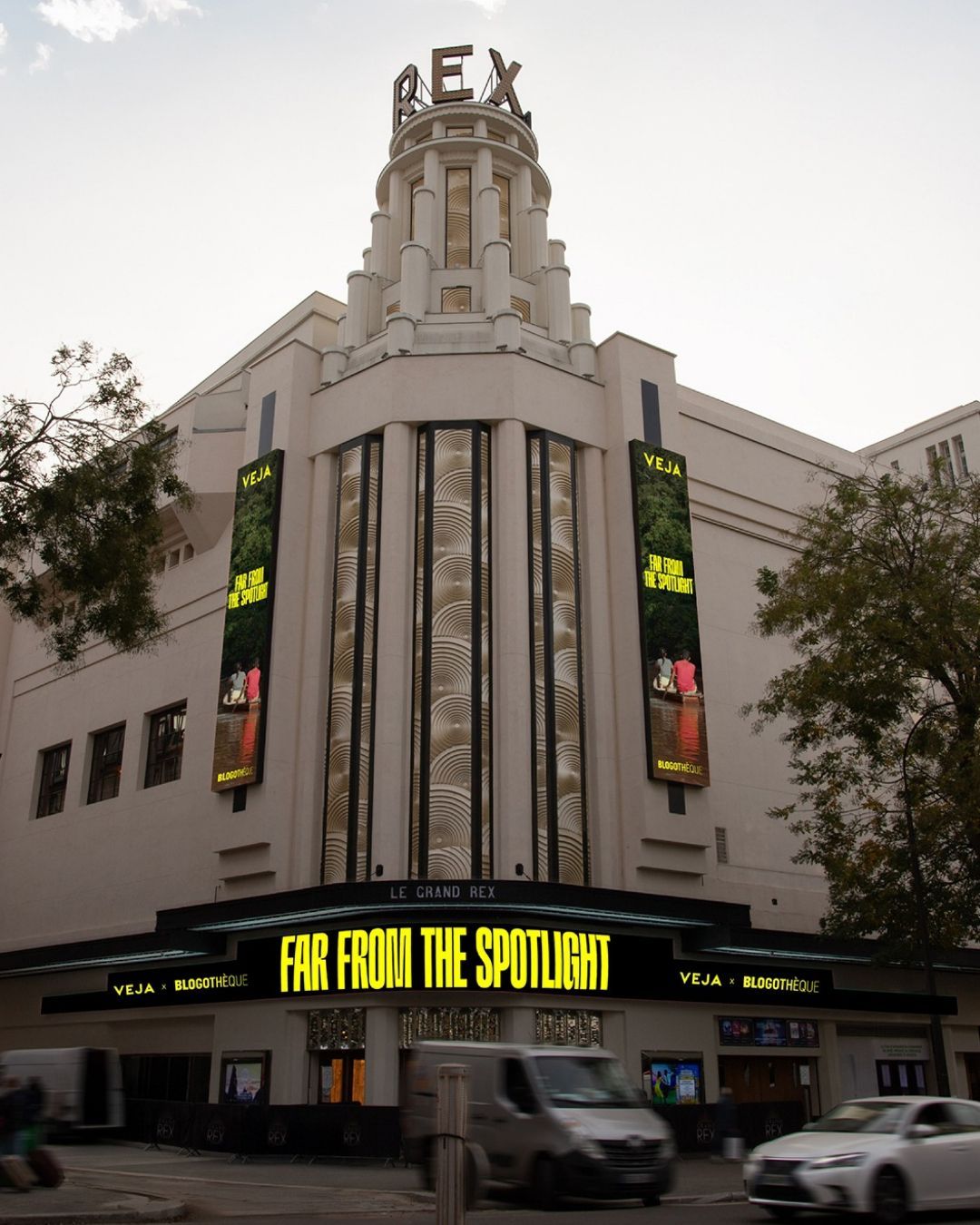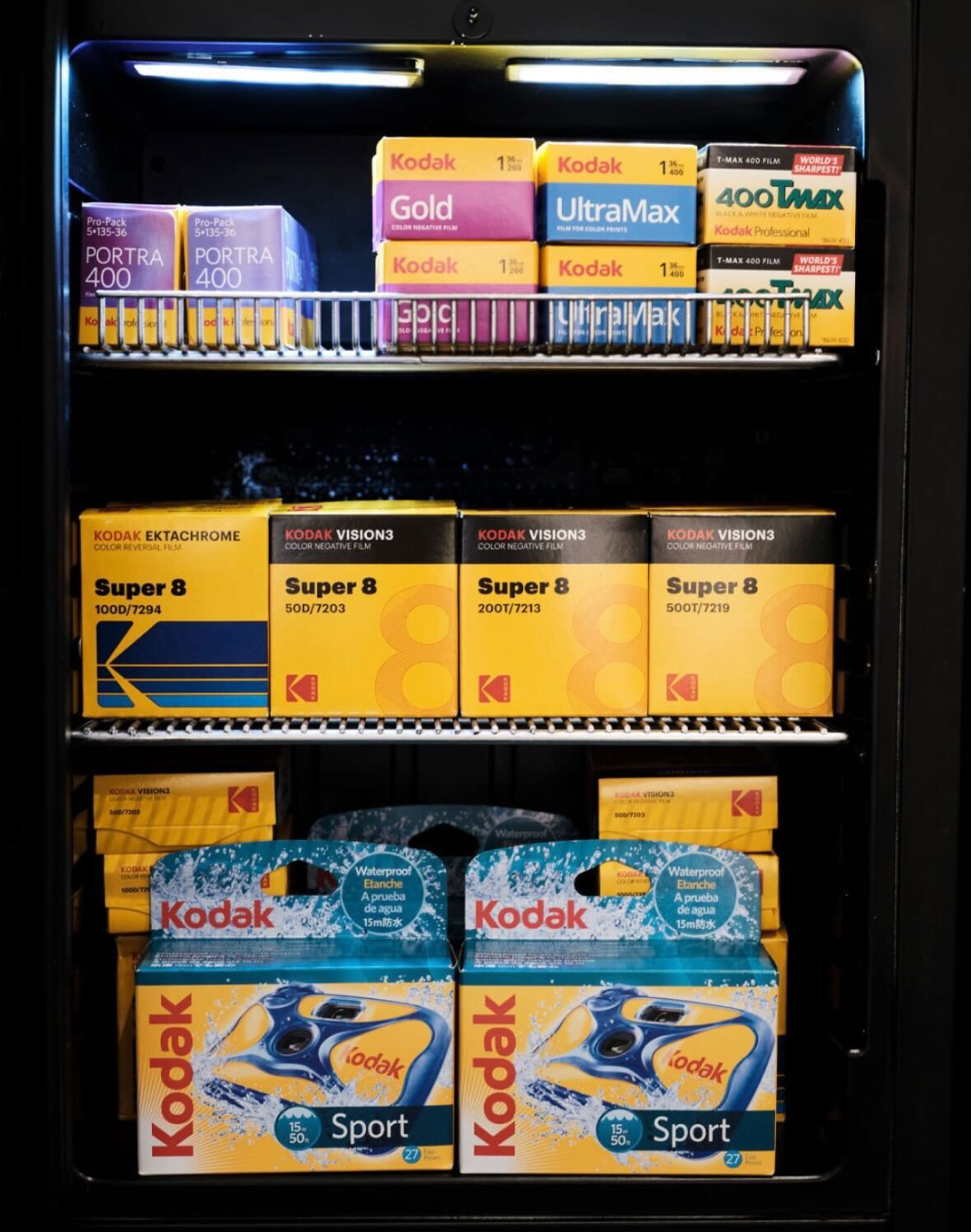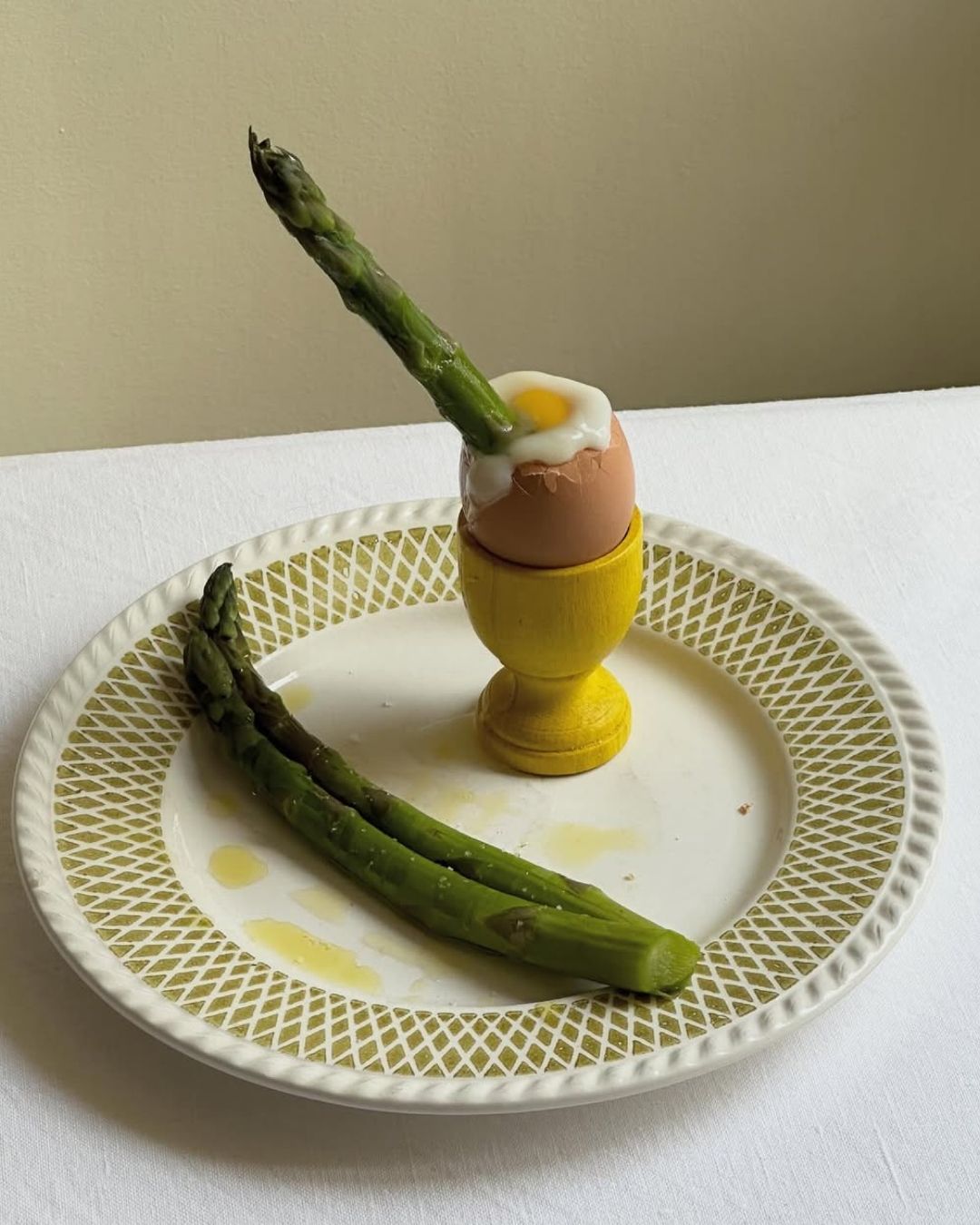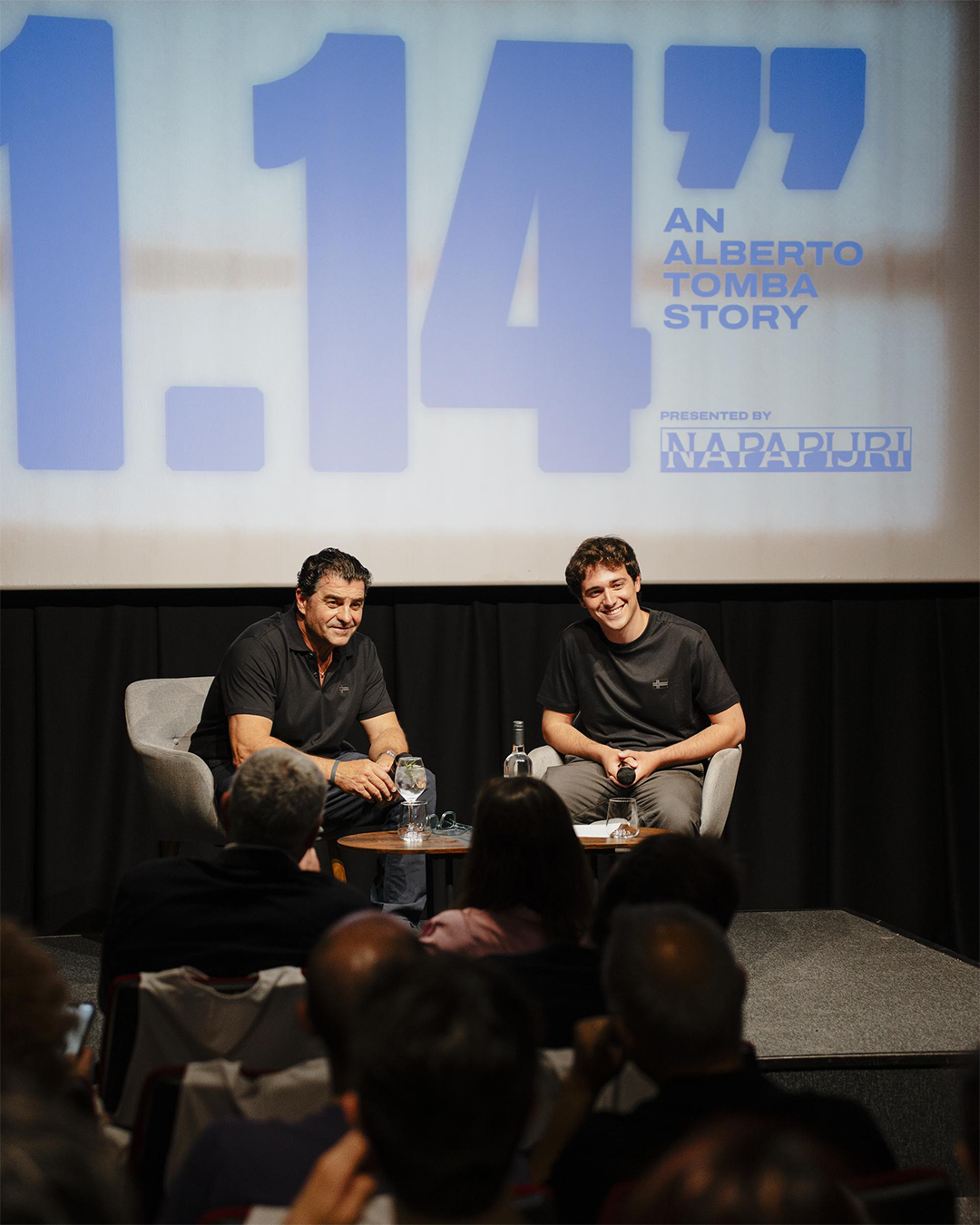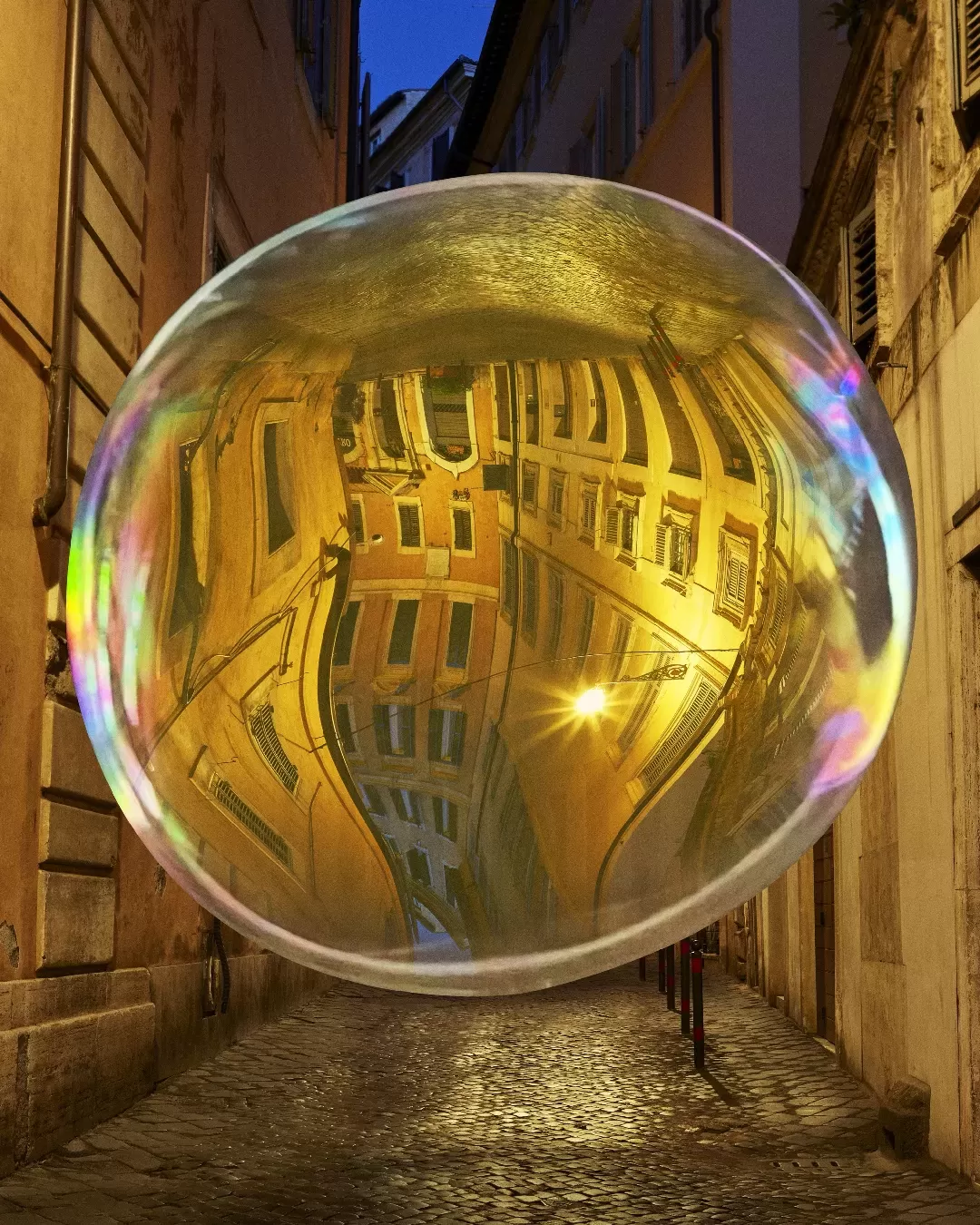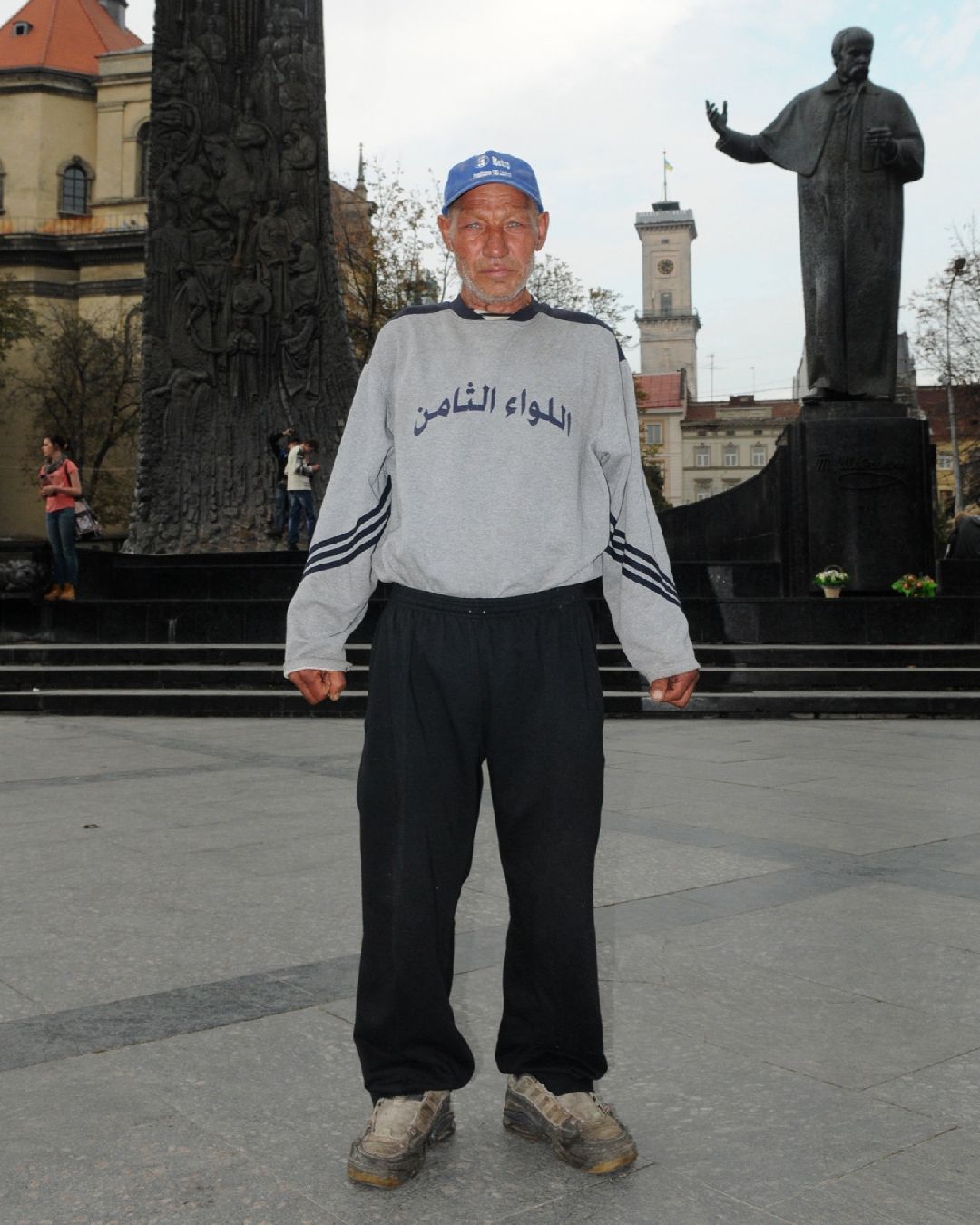
Slavik's Fashion 10 years later, interview with Yurko Dyachyshyn Narrating your hometown through the style of its citizens
Yurko Dyachyshyn does not believe that art can change the world, that a photo can stop a war, but his work continues to evoke strong emotions years later, a «butterfly effect,» he says, «that can have a greater impact on the artist himself and the environment around him, even if it does not influence global events.» While the world of Western docu-photography receives harsh criticism from observers of "politically correct" art, forty years after Steve McCurry's Afghan Girl and twenty years after the controversy of Gula, the subject of the shot, Yurko Dyachyshyn has carved out his own space photographing Lviv and its inhabitants. Born and raised in Ukraine, he is known worldwide for Slavik’s Fashion, a project realized between 2011 and 2013 featuring a homeless man, encountered by Dyachyshyn on the streets of his hometown. A collection of the protagonist's best eccentric outfits, Slavik’s Fashion has captured the attention of renowned publications, as well as fashion visionaries, from Lotta Volkova to Kanye. In 2016, the then artistic director of Vtmnts, Demna Gvasalia, drew inspiration from Slavik's fits for the brand's first men's collection, officially cementing the link between the Ukrainian photographer, Slavik, and the world of fashion. Even in 2022, the SS22 collection of the brand drew heavily from the looks worn by the man on the streets of Lviv, although Guram Gvasalia never acknowledged the merits.«Photography and art entered my life in 2002 and are still here,» Dyachyshyn tells us, now engaged in documenting the developments of a war that has afflicted Ukraine for two years now.
Describing how he met Slavik, the man protagonist of the collection realized over two years, Dyachyshyn points out that the city center of Lviv is populated by tourists and eccentrics. «I kept running into him on the street, but I didn't yet know what would come out of it,» he says. Slavik’s Fashion follows the His Dreams project, centered around another homeless character roaming the Ukrainian streets, Andrew. «It was an important project so I didn't want to start something new hastily,» the photographer emphasizes, but Slavik's exuberant and unexpected style immediately struck him. «I noticed he was constantly changing, so I decided to collect his fashionable looks.» A true collection, the project realized by Dyachyshyn in the heart of Lviv documents the protagonist's outfits through casual encounters until he lost track of him. They didn't arrange to meet, he explains, his style was simply always interesting, so it didn't matter if he saw him once a week or once a month. «I believe Slavik wore the costumes for a reason: it was his performance, and the fact that someone noticed him made him happy,» Dyachyshyn adds, recounting how, at a certain point in the project, the two would search for each other on the streets of Lviv. «Sometimes, while going somewhere for work, I would hear behind me: 'Hey buddy, where have you been? I've been looking for you for two days'.»
What one sees when observing one of Slavik's portraits is not the detached viewpoint of an American creative seeking a political subject on the eastern edges of Europe, but the first-person narrative of an artist who has always lived and breathed that air. One of the constant objectives in Dyachyshyn's photography is documenting the myriad faces of Lviv and the region that raised him, an endless source of inspiration, even - and unfortunately - in times of war. «You understand well the environment in which you live,» Dyachyshyn explains, adding that producing a creative project about his homeland has allowed him to refine it over the years, depending on his shifts in thinking. «It would be difficult to implement when you are tourists or have arrived in a place for a limited time.»
Today Dyachyshyn portrays corners torn from Ukraine: a school desk covered in glass after a missile attack, army soldiers undergoing physical therapy exercises to regain strength, the color of the moon before night falls on Lyv. He does not believe his photos will save the world, but he is certain that one of the great talents artists possess is to change themselves and the environment around them closely, simply by controlling how an event is communicated. «Personal tragedy or death, this is a very strong phenomenon, a unity that prevails over everything.» At the moment, he has abandoned the world of "fashion" - of which, he says, he has a rather superficial interest - in favor of his new collection War Nouveau, a title that encapsulates the temporary architectural style, often made with simple sandbags, with which Ukraine is protecting itself from attacks. «They have become part of the new urban landscape, they can be observed over time, they are destroyed and patched up, but they remain.» Collaborations with couture houses that have in some way taken inspiration from the aesthetic depicted in Slavik’s Fashion interest Dyachyshyn little, who is content with how the project has been received online. «It's already a kind of classic,» he says. «I think there will be another real proposal in the future, which will have a true fashion incarnation in the form of a collection or even a brand» The war in Ukraine has changed Dyachyshyn's artistic trajectory, forcing him to postpone his projects, but despite the critical situation, the photographer manages to carve out moments of gratitude for the support he and his colleagues are receiving from other countries. At the same time, he takes the opportunity to issue a warning to political officials as well as insiders in the fashion industry. «Ukraine needs more weapons and determination from the rest of the world: if we lose, you won't have time to worry about Milan or Paris Fashion Week anymore.»



